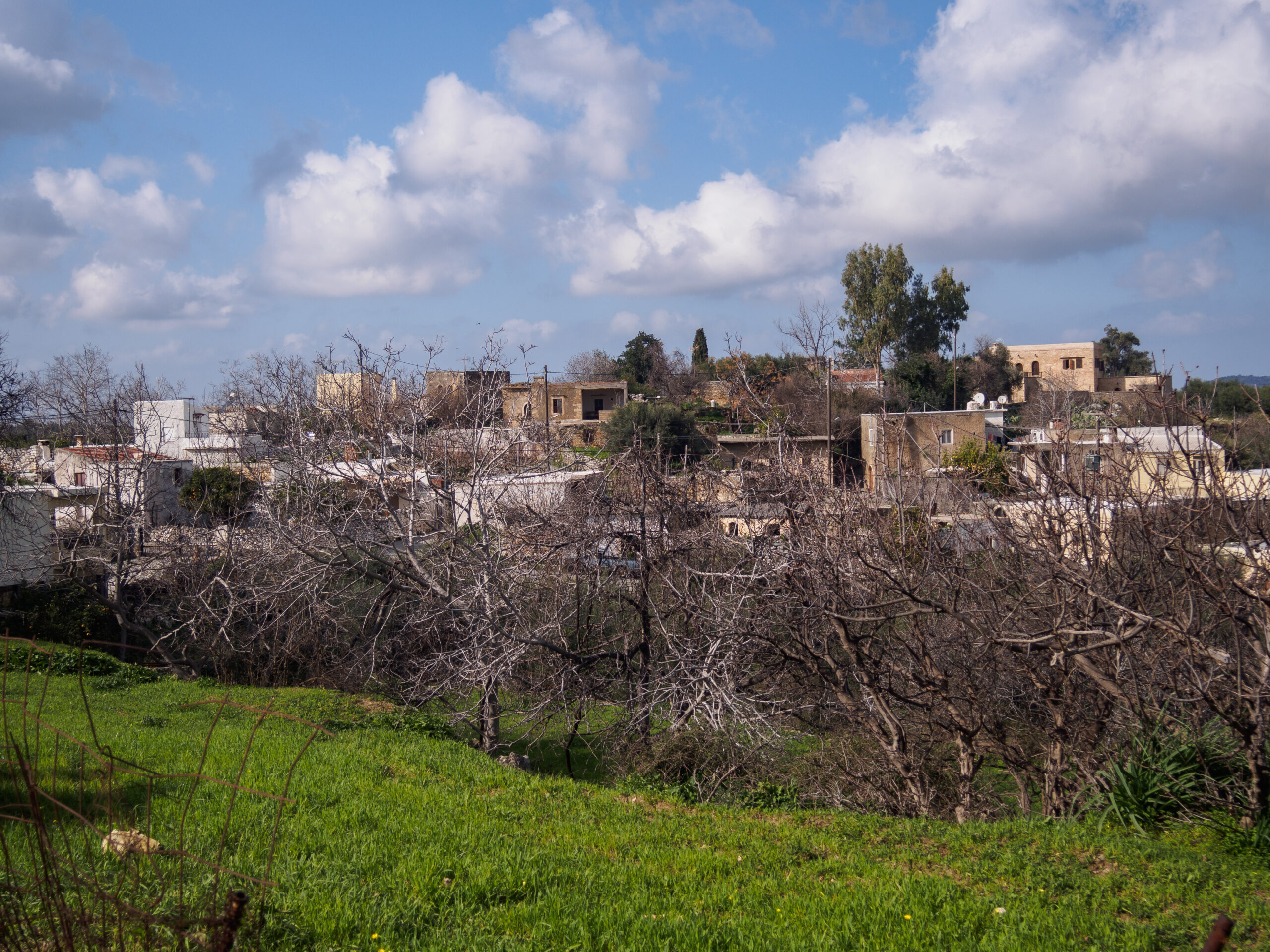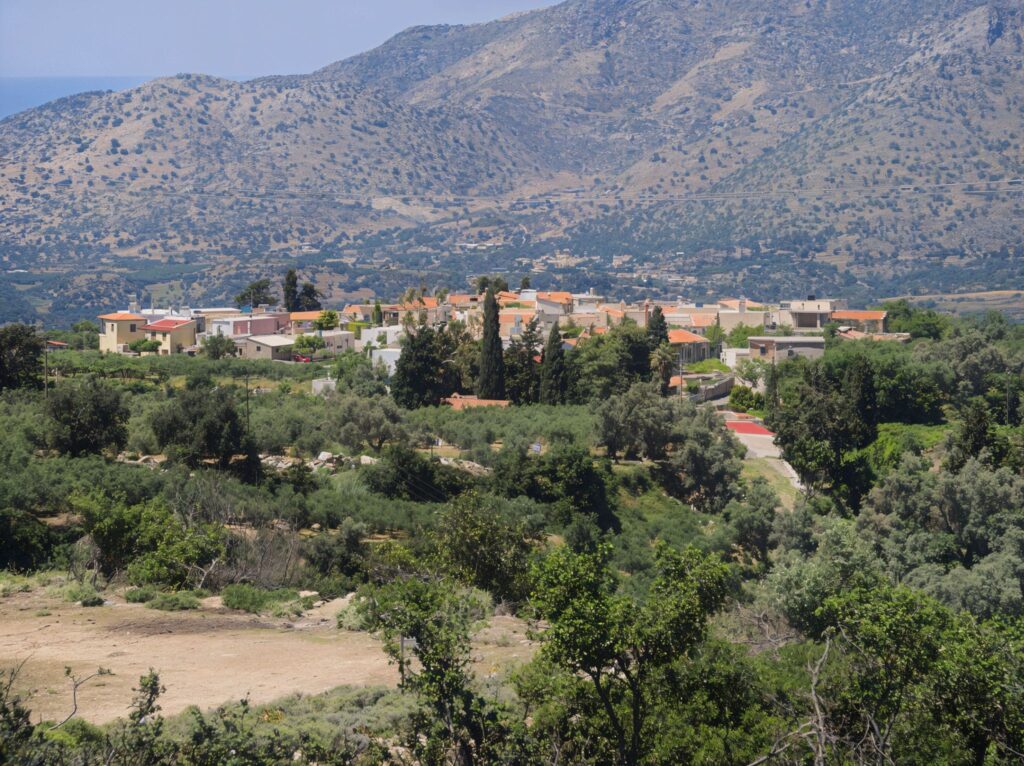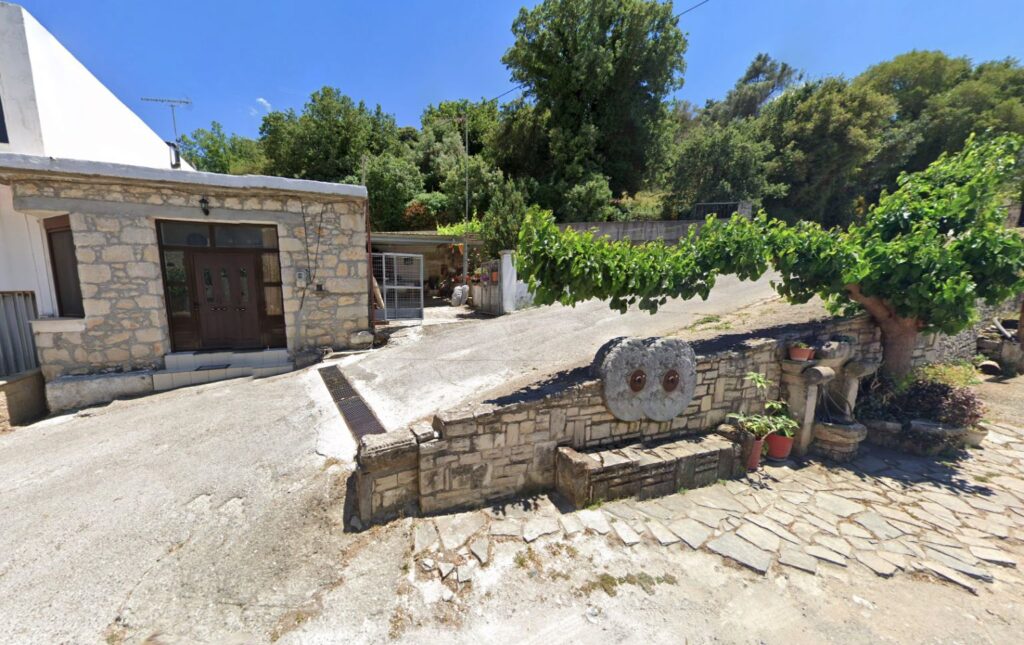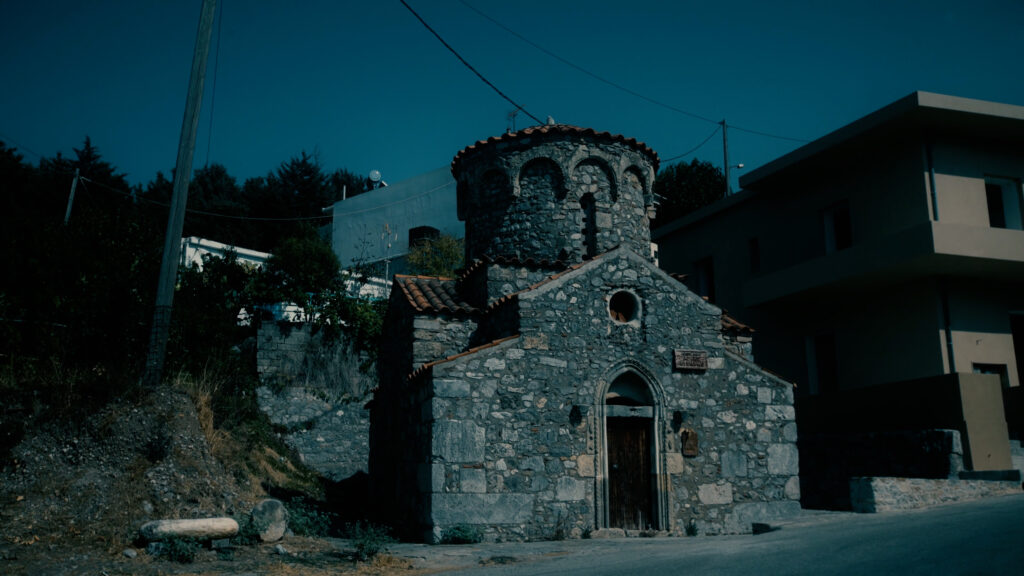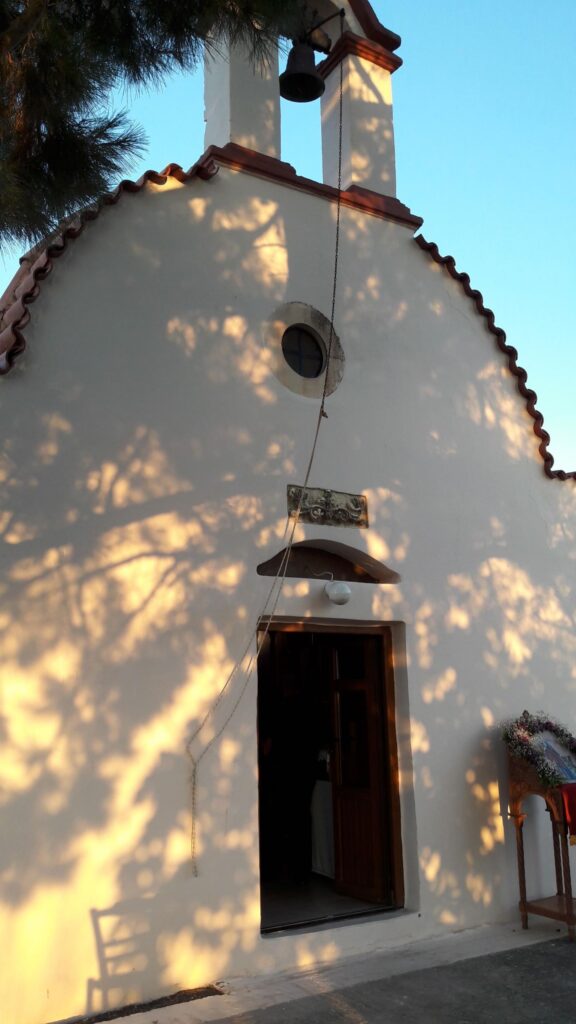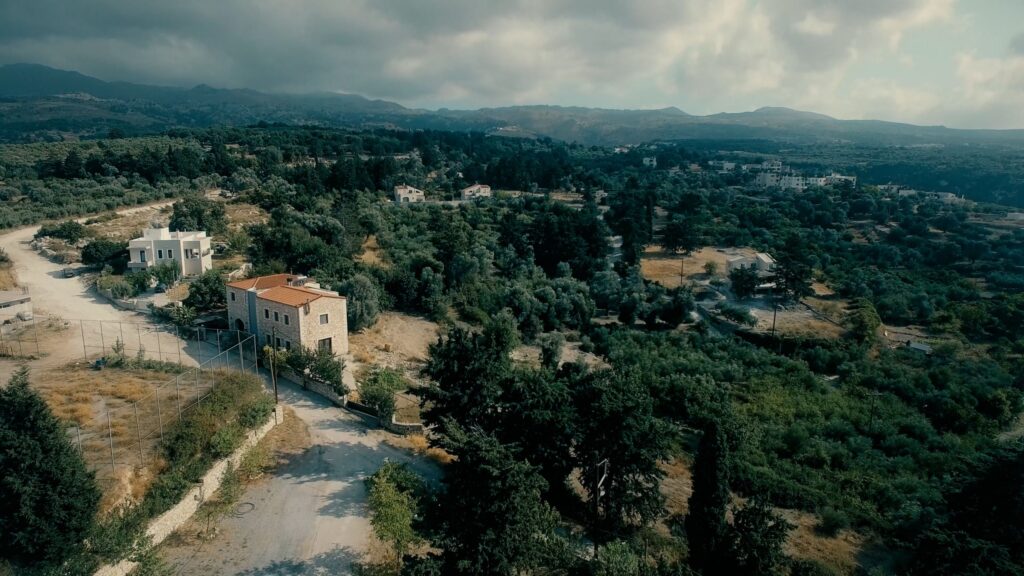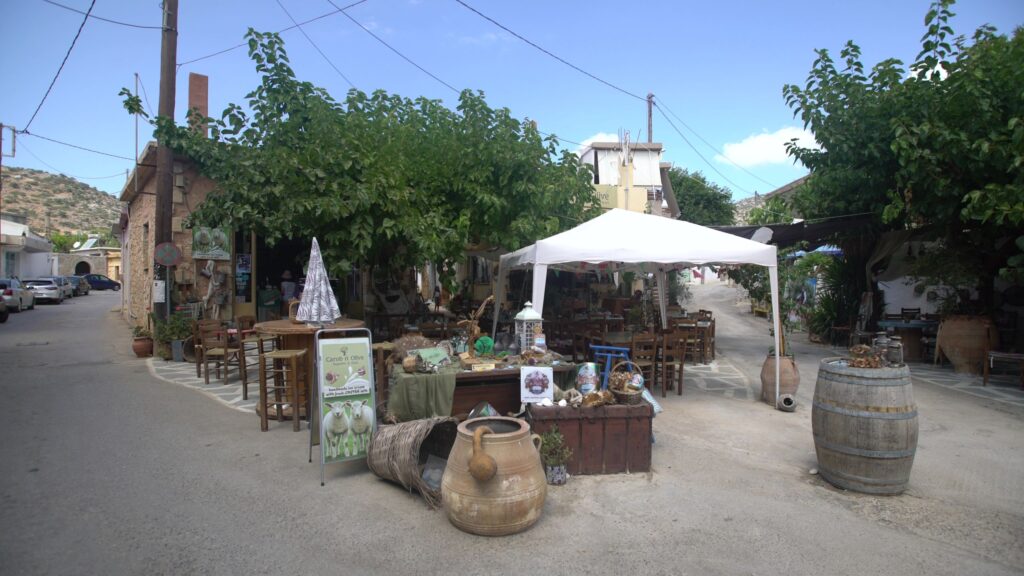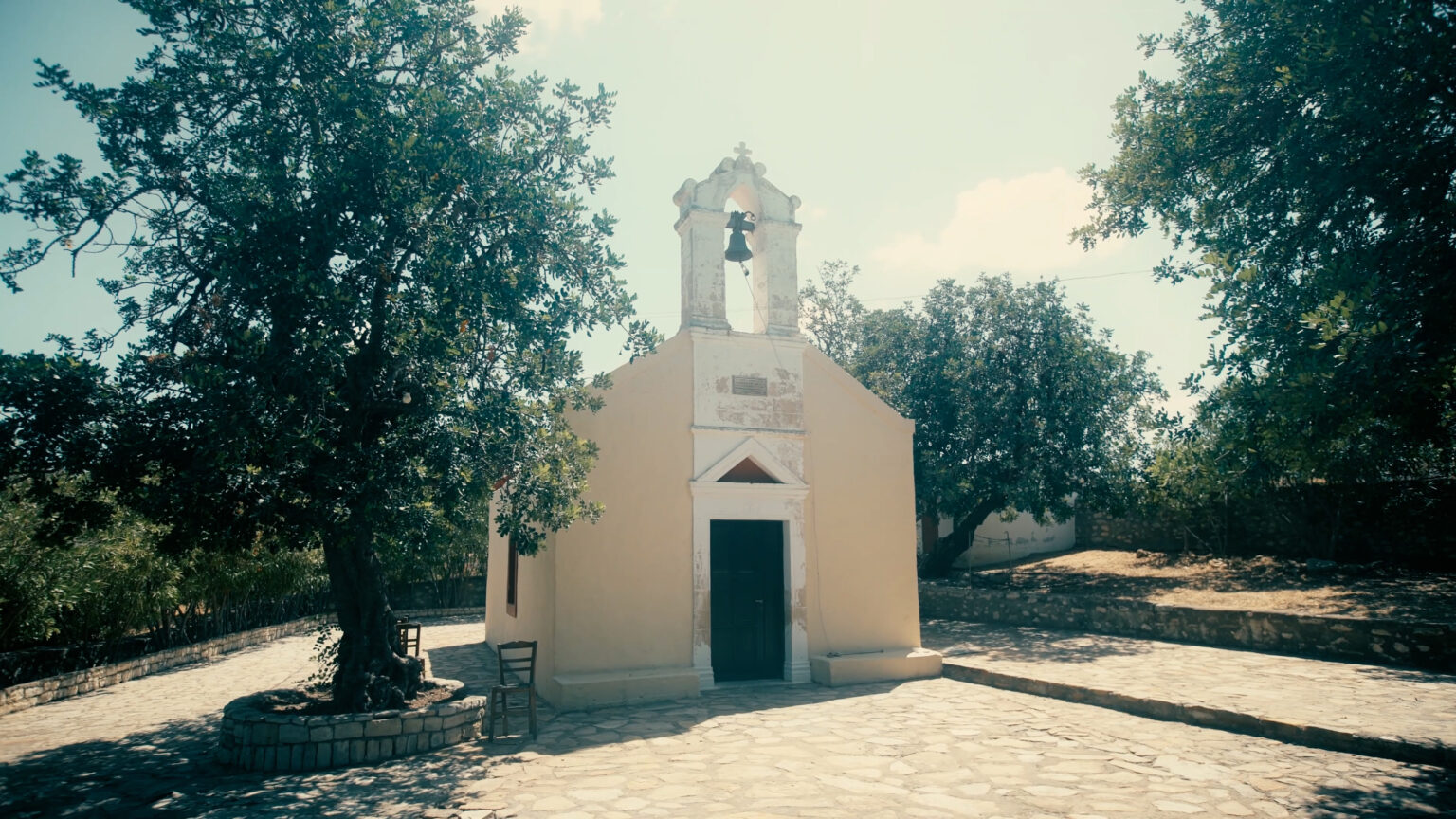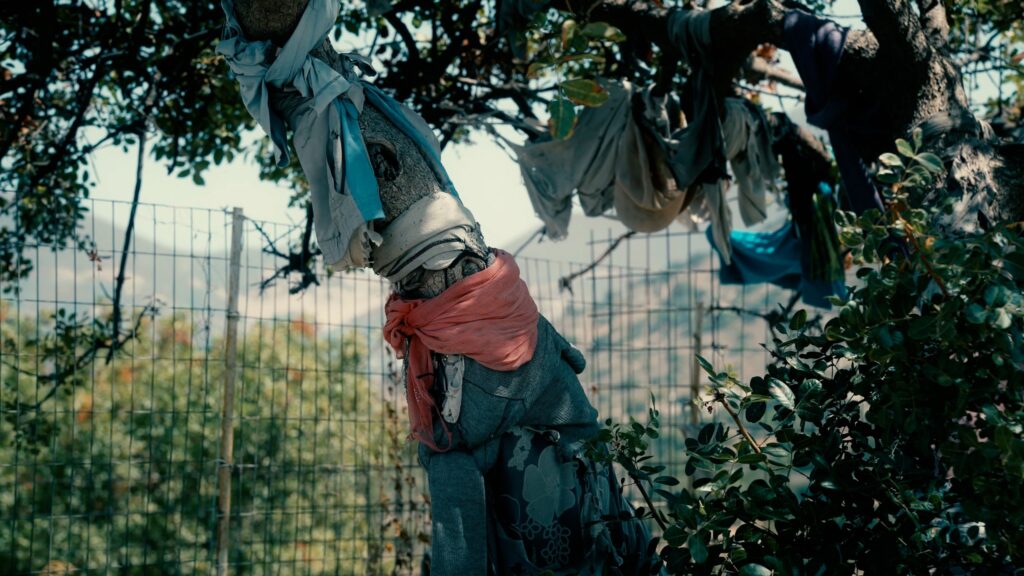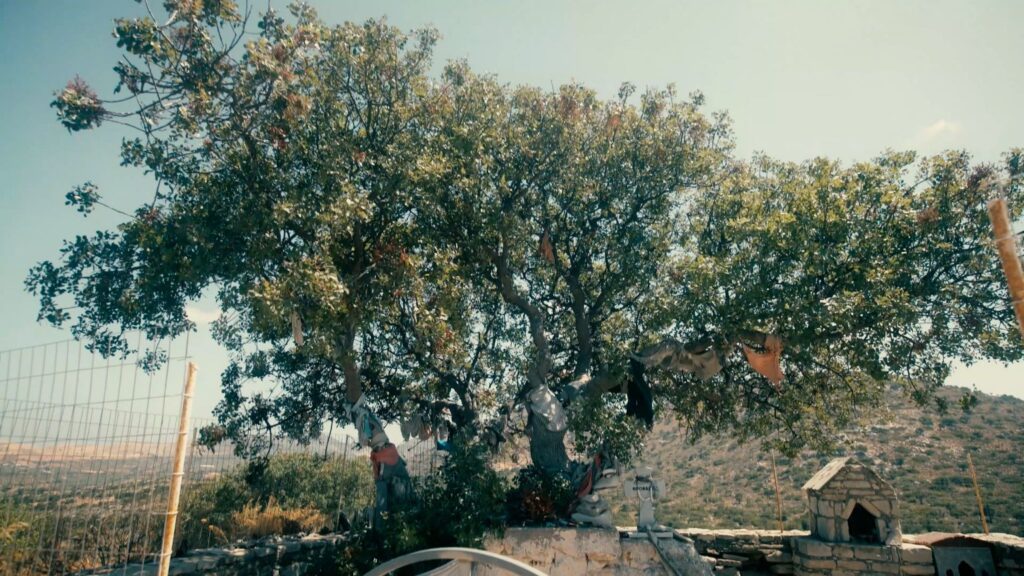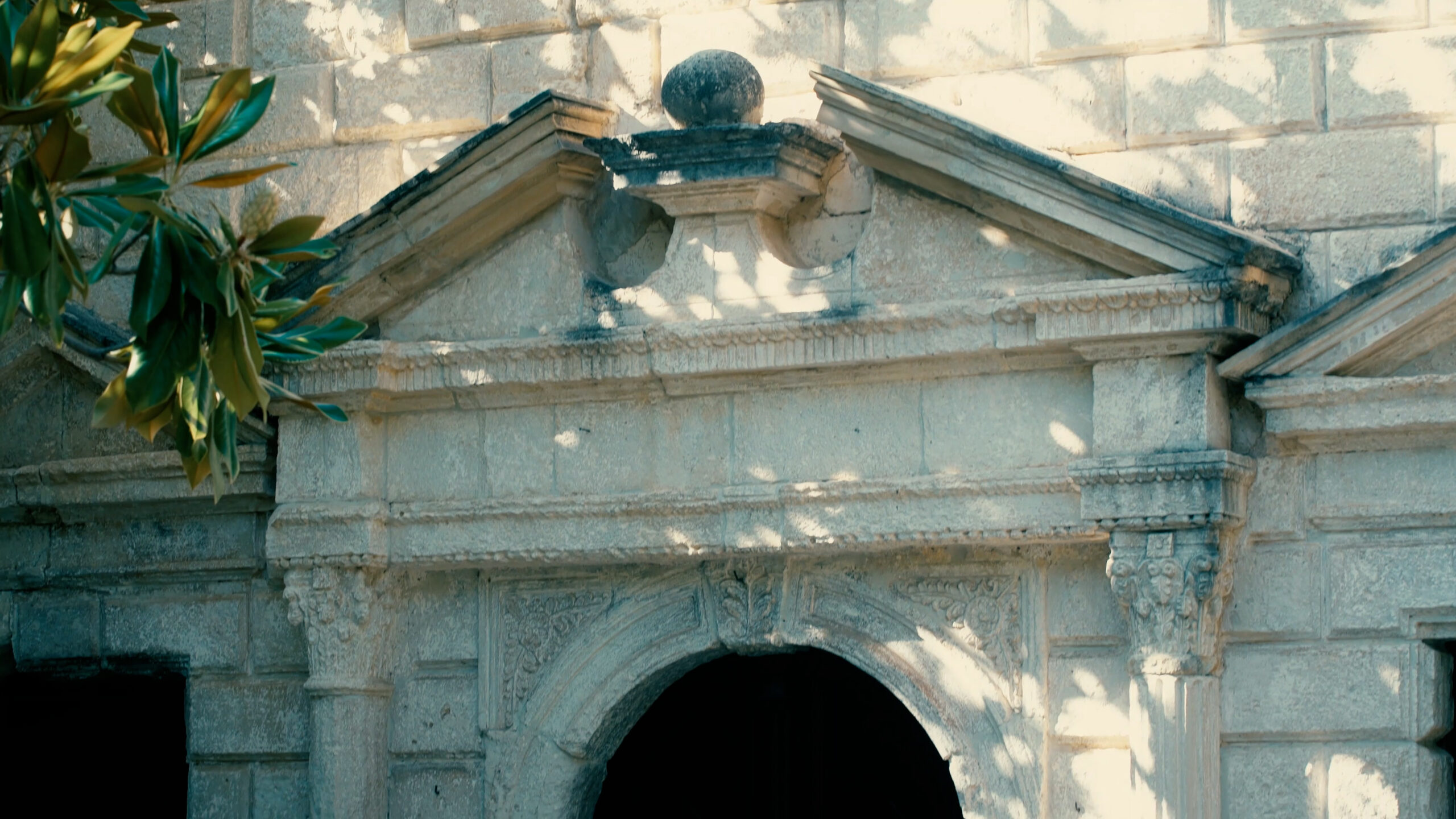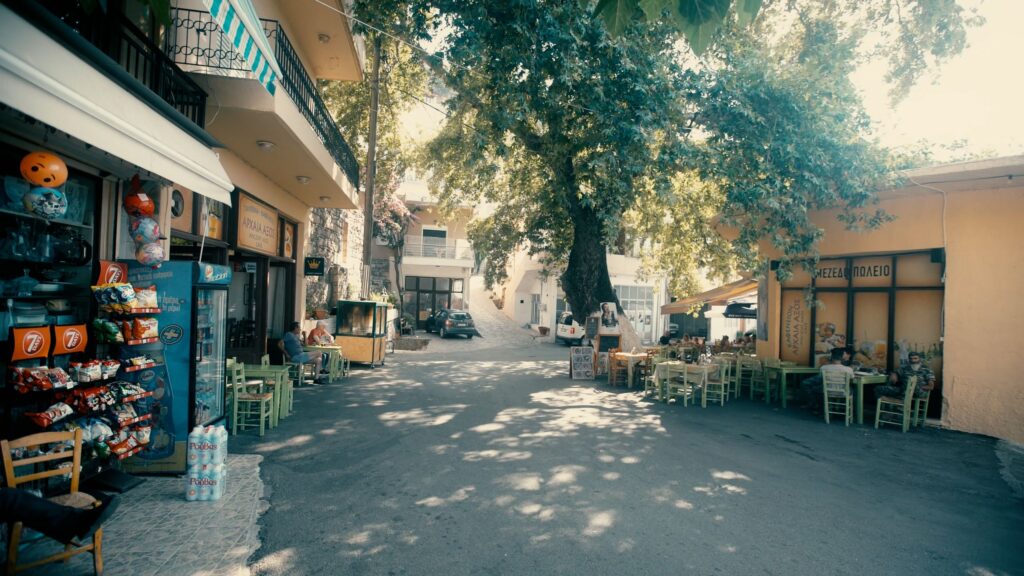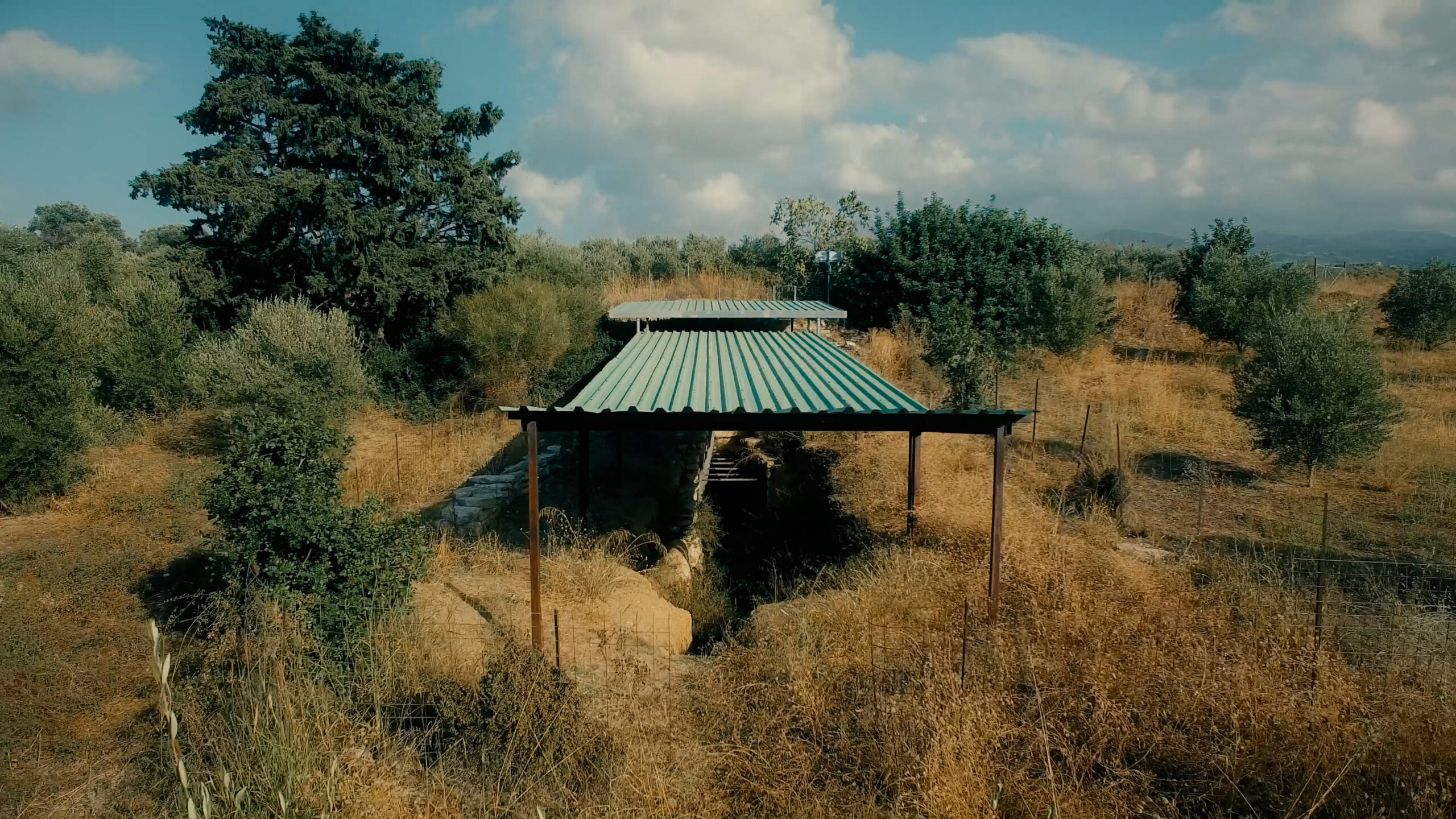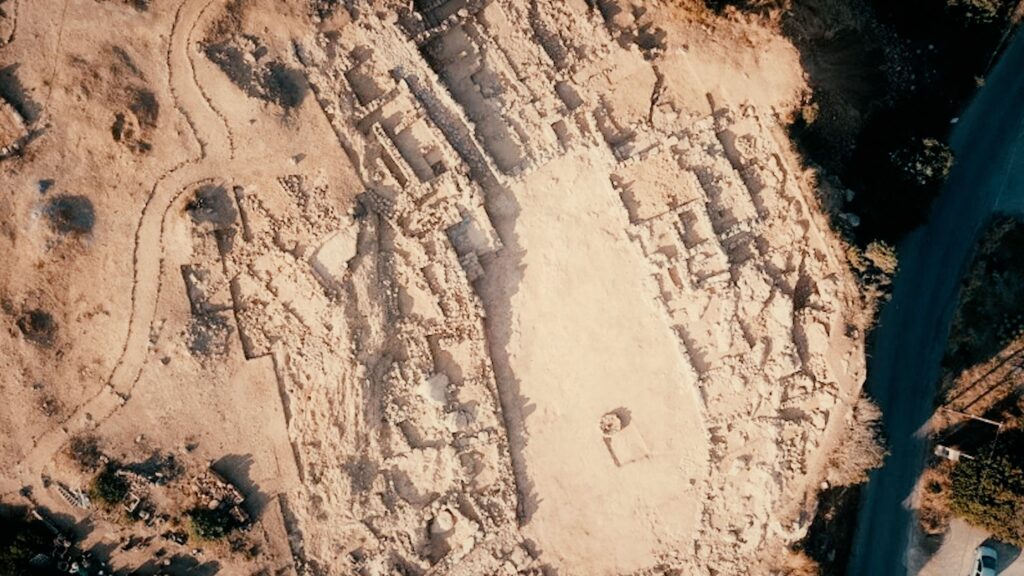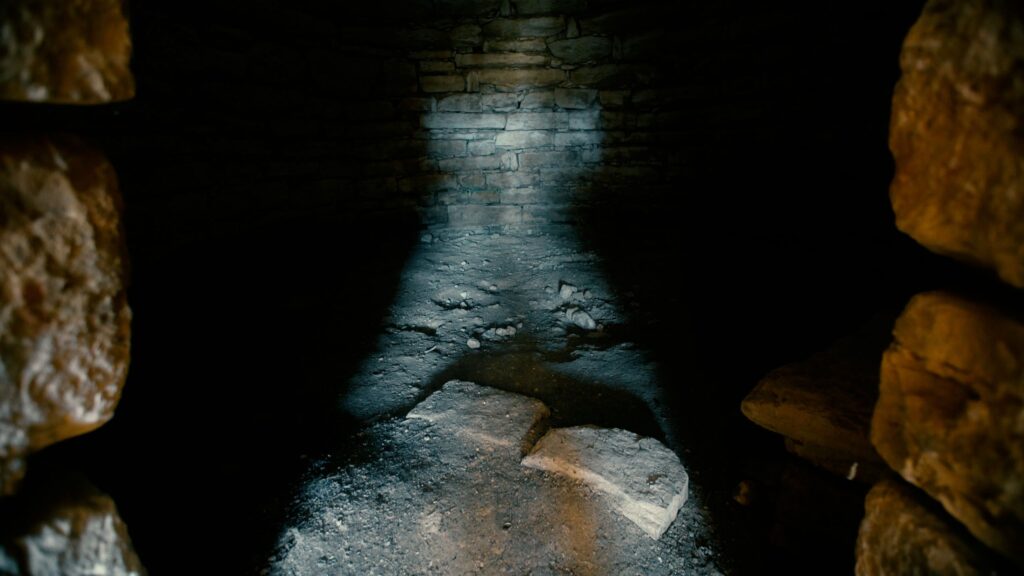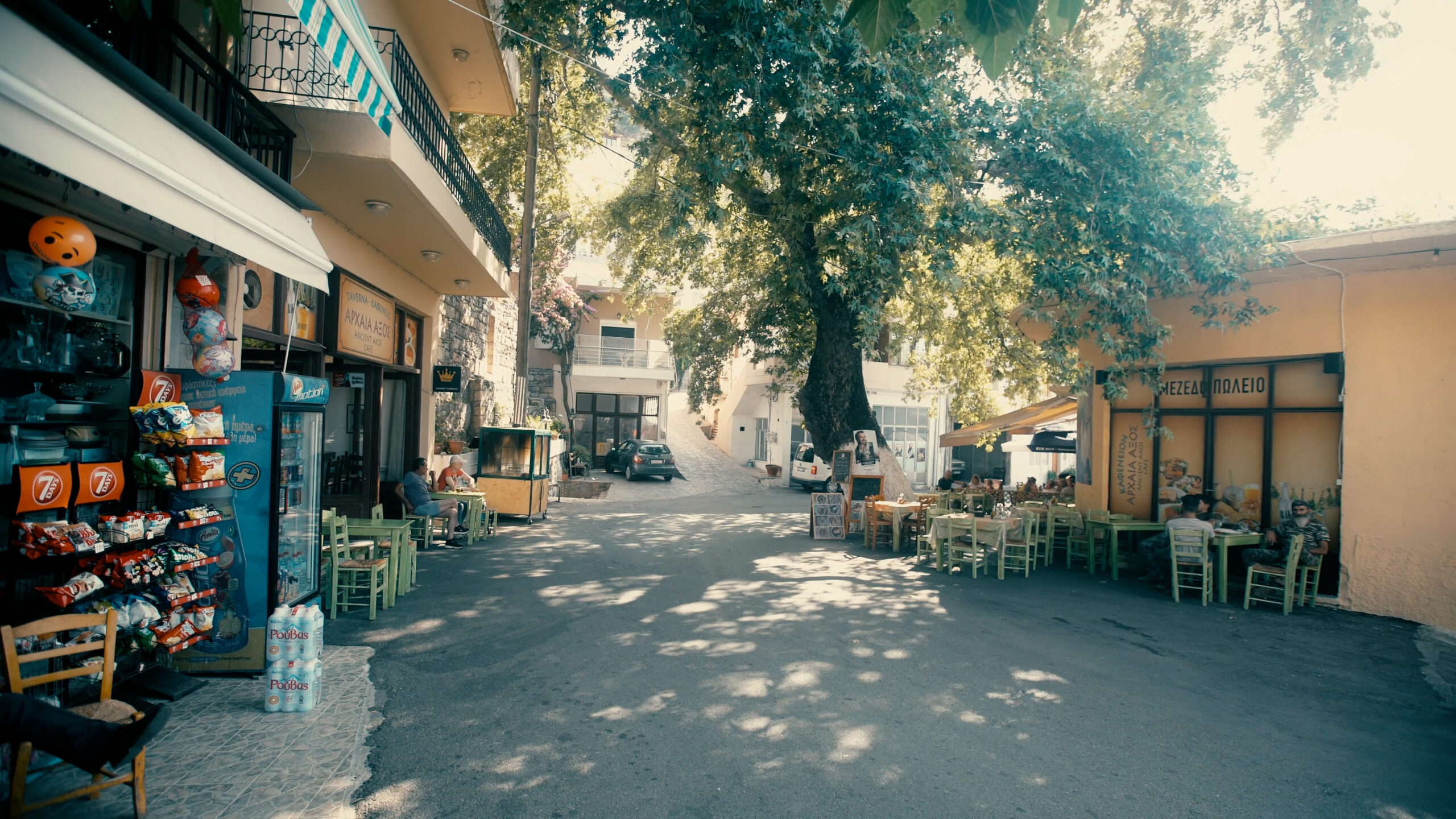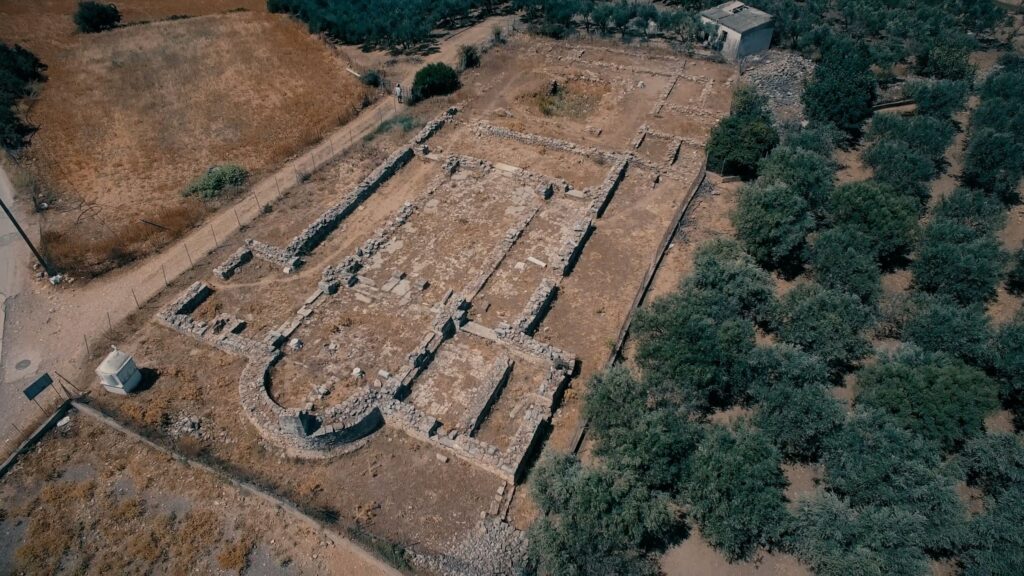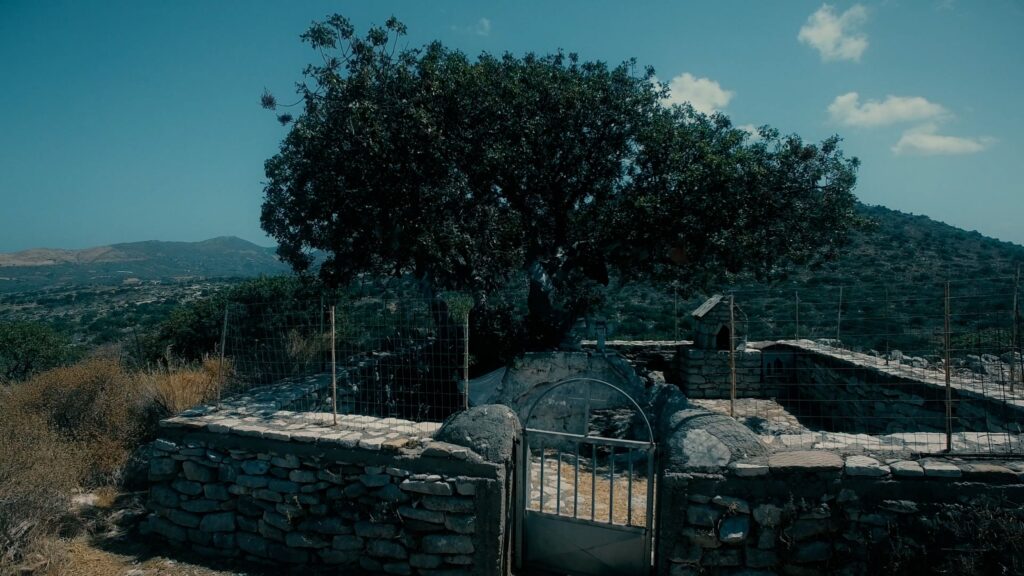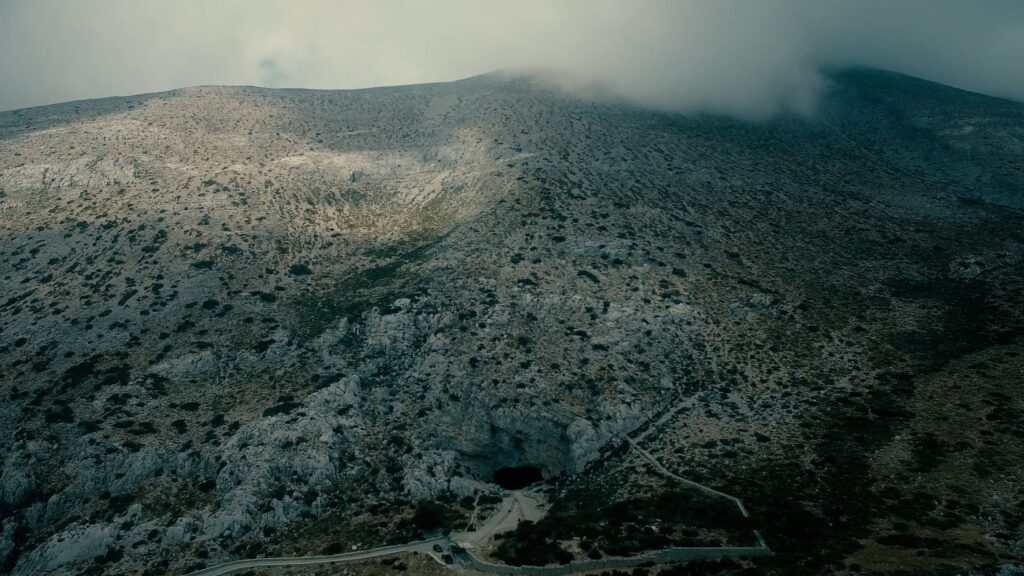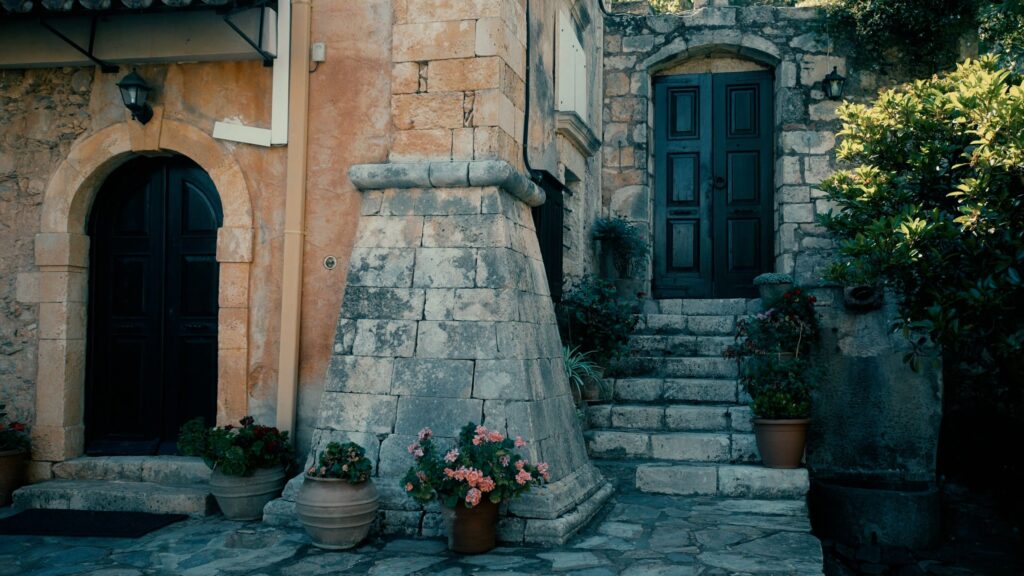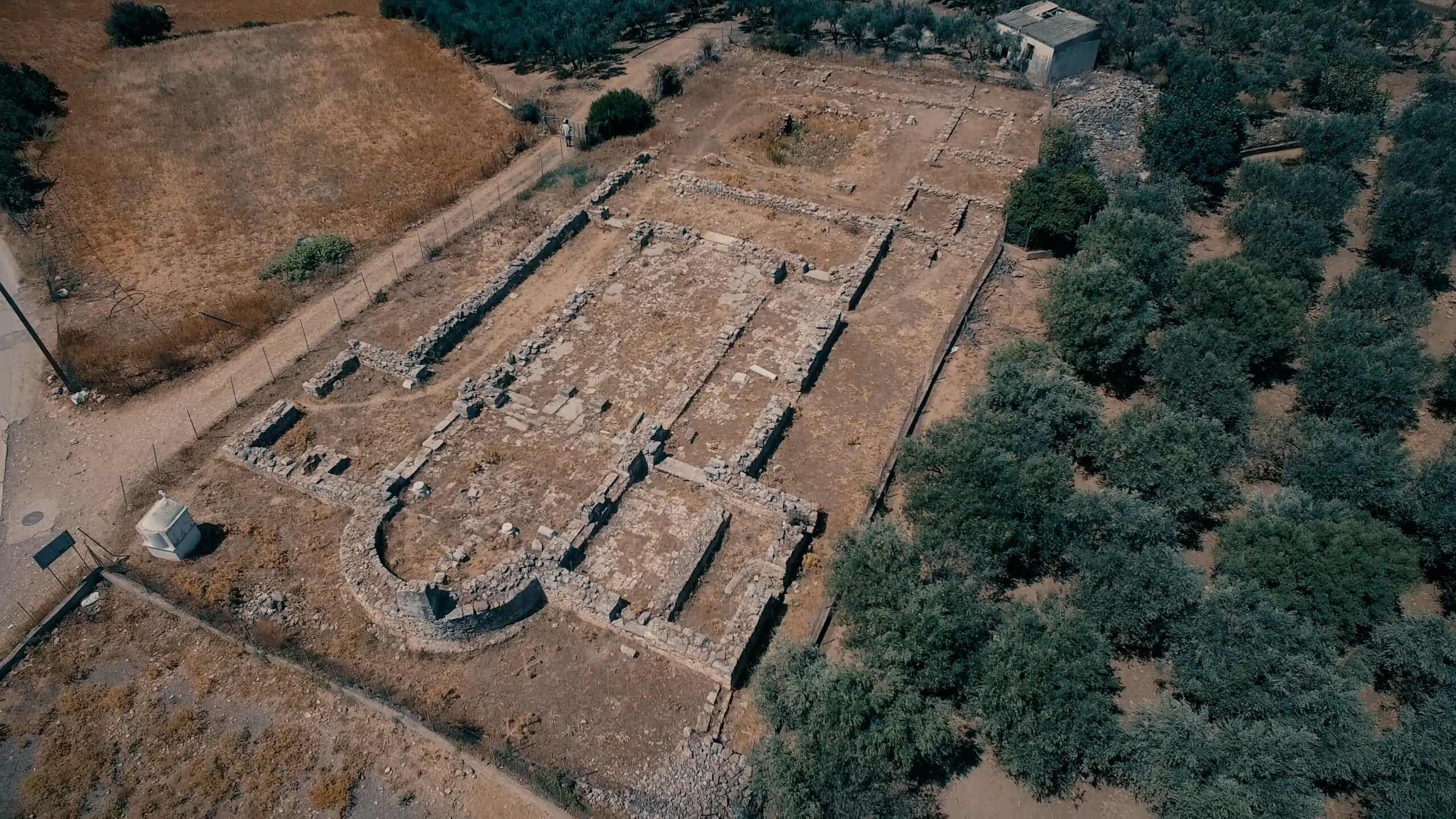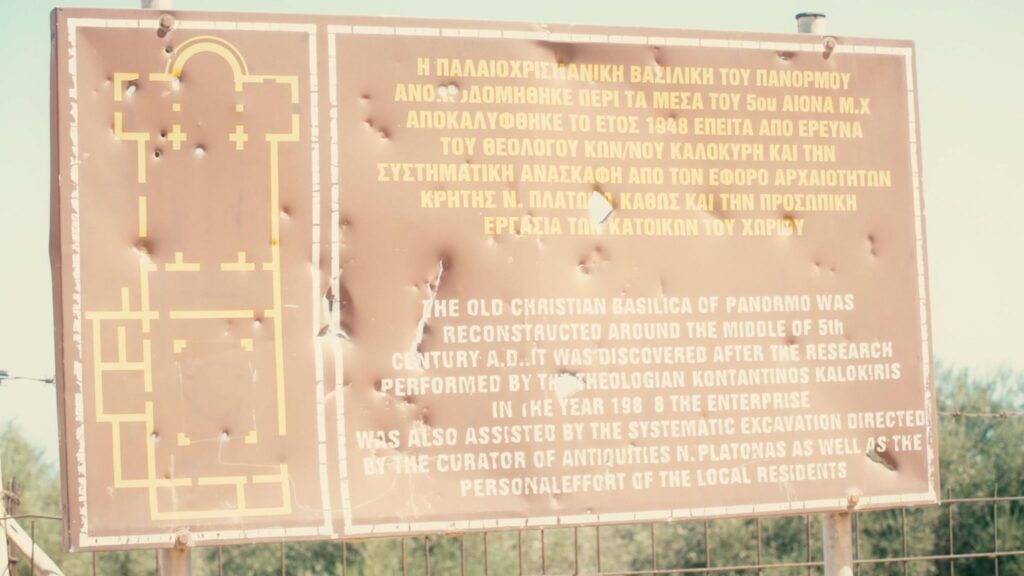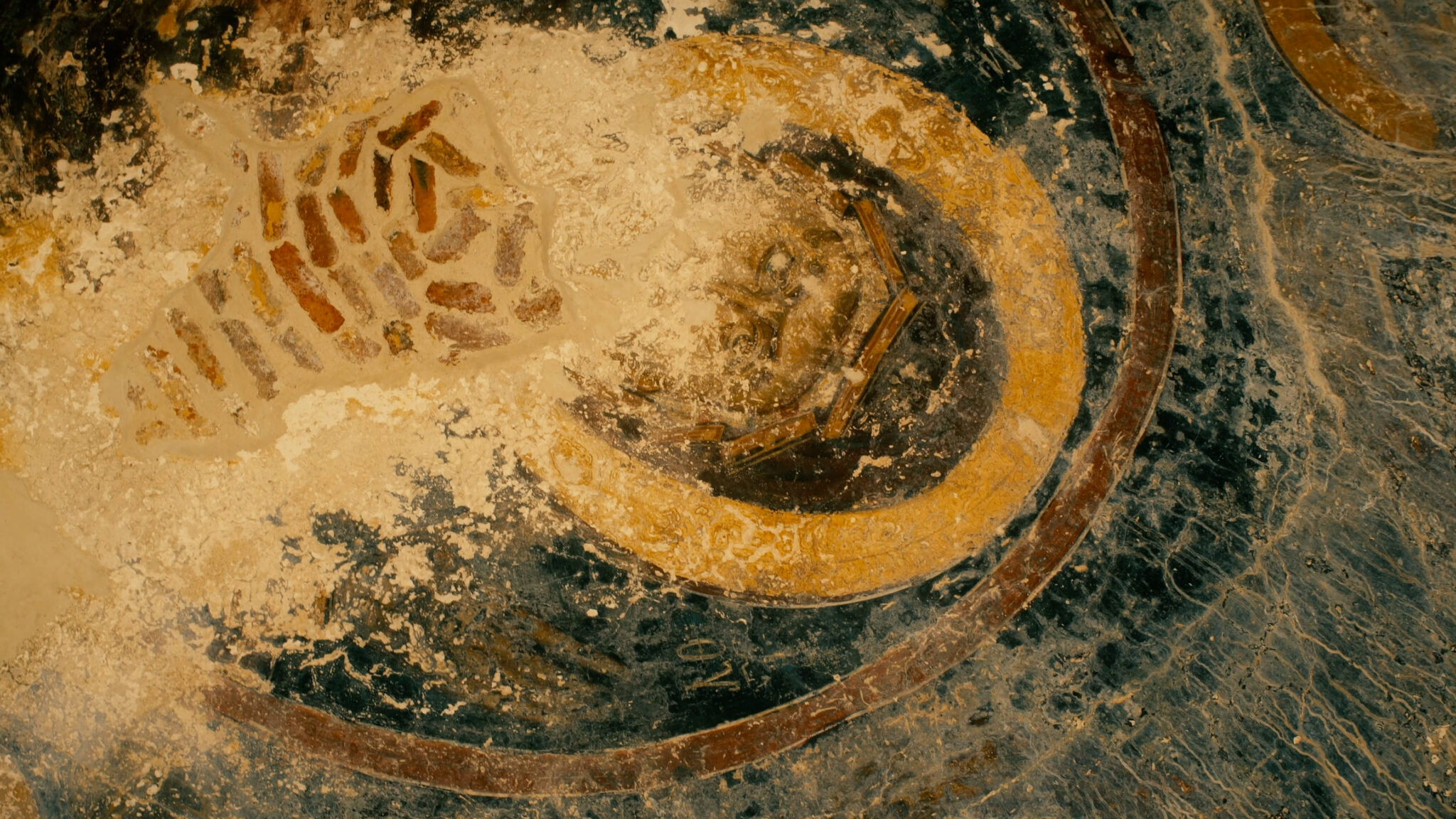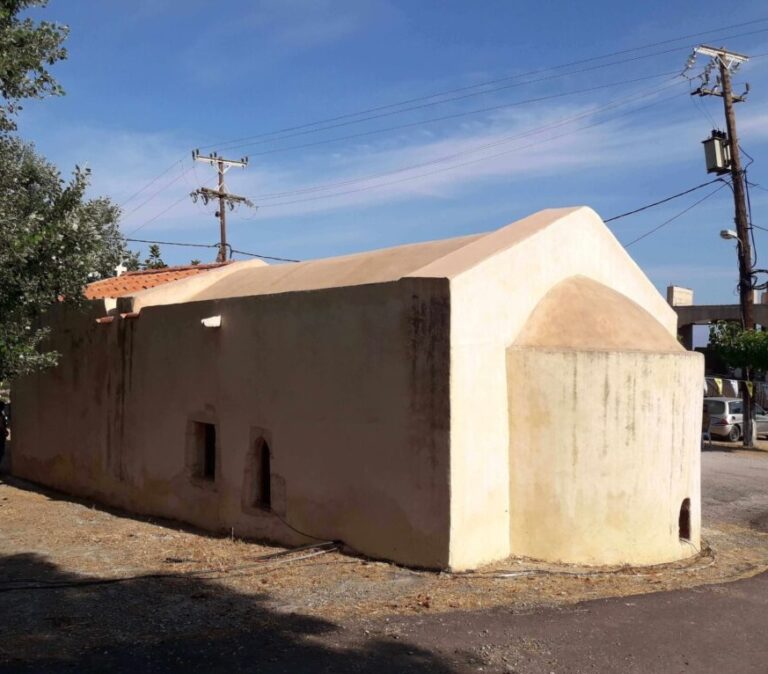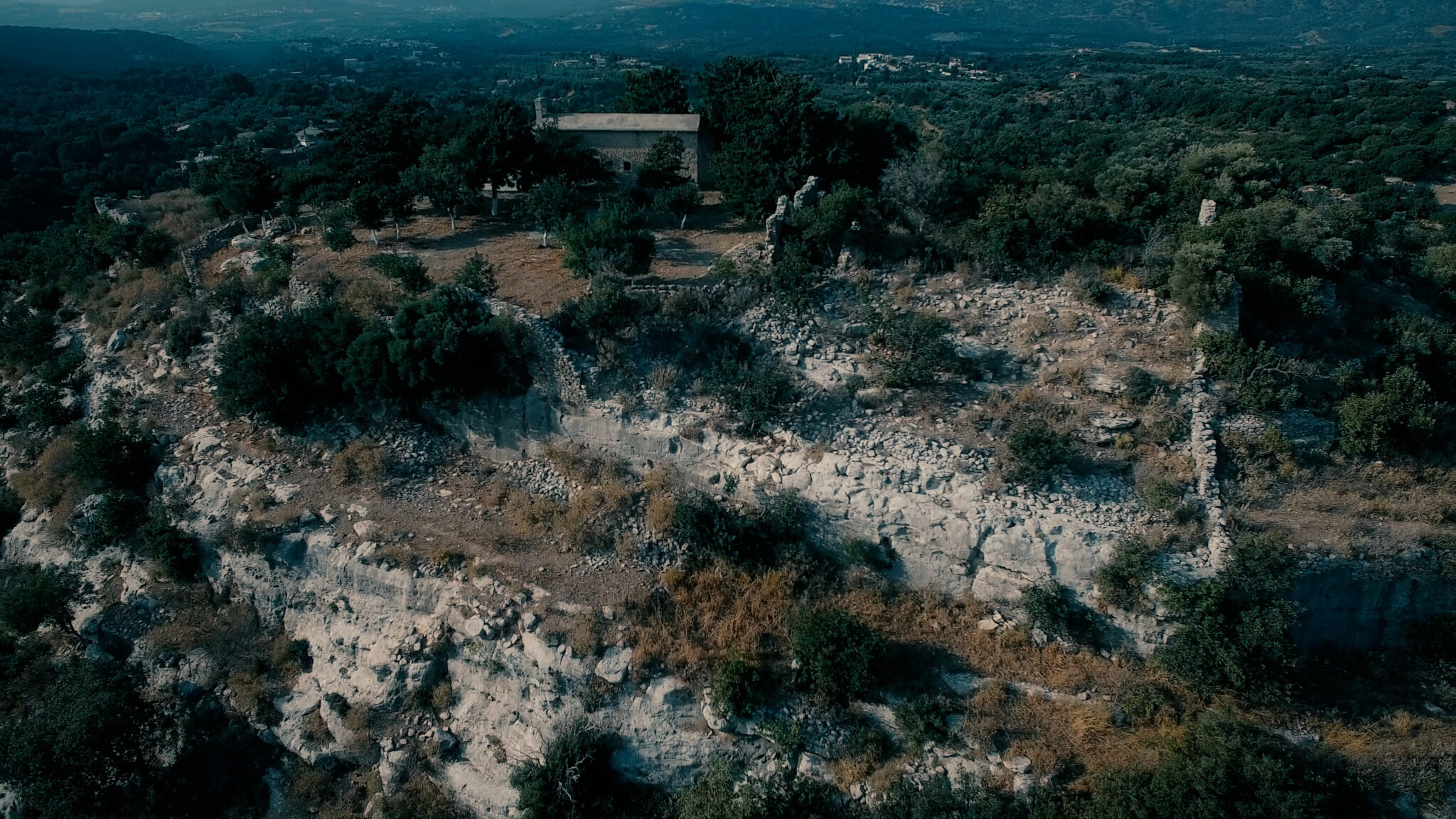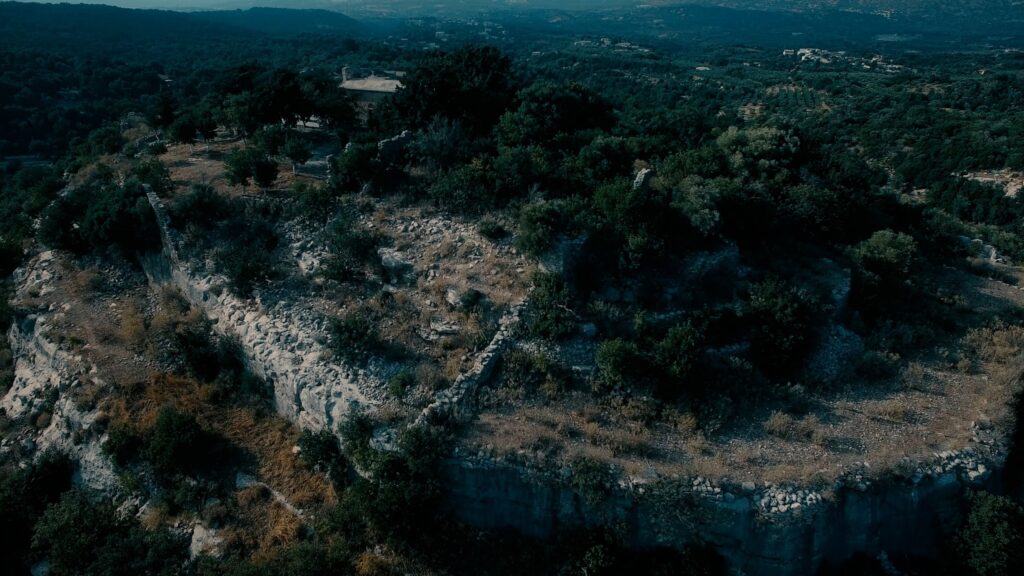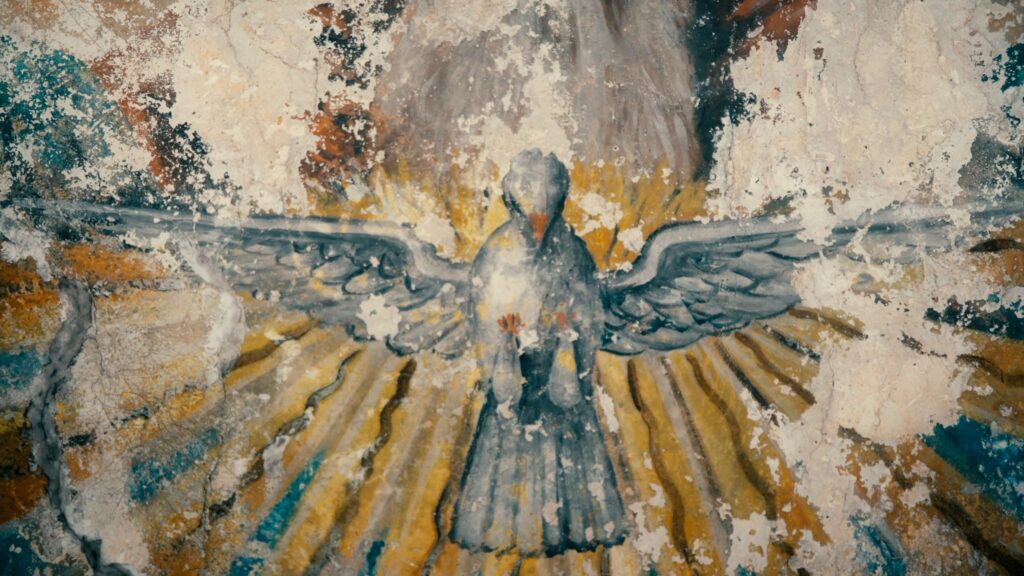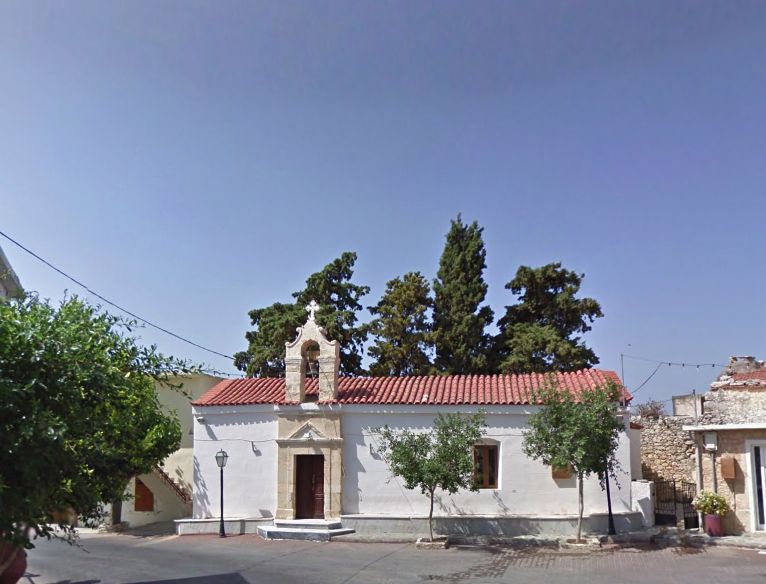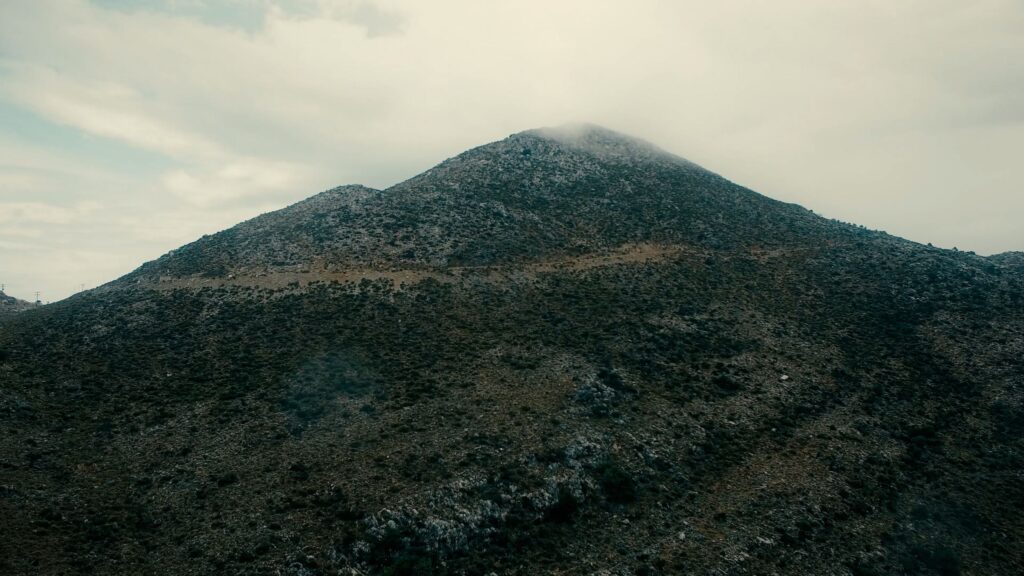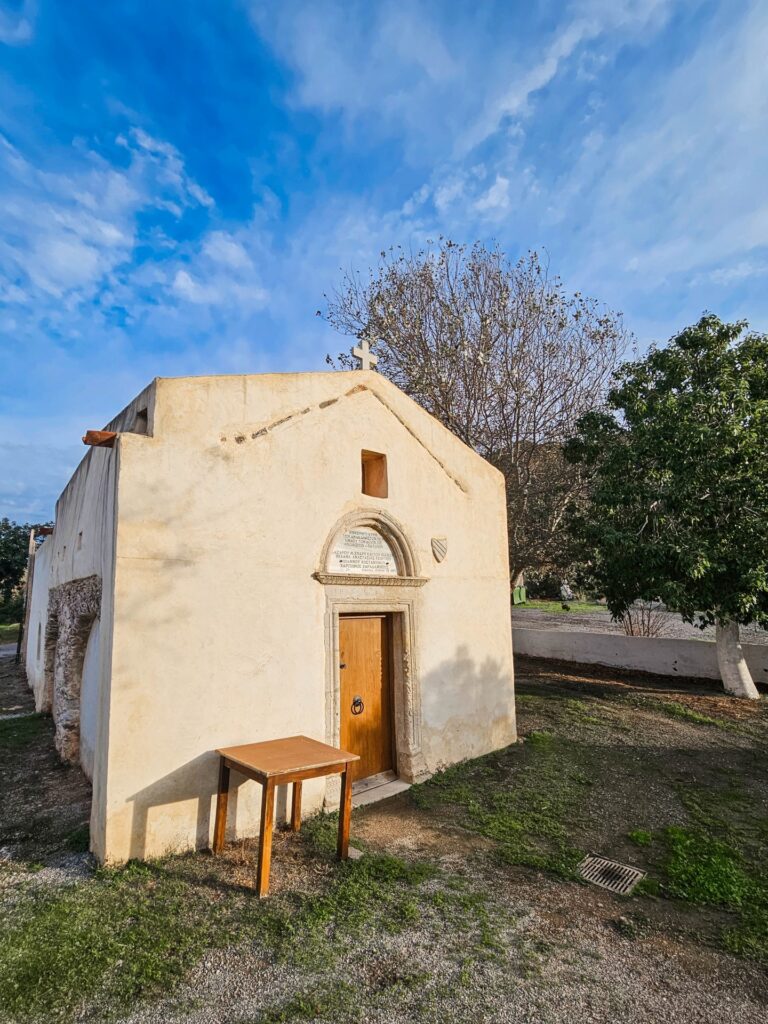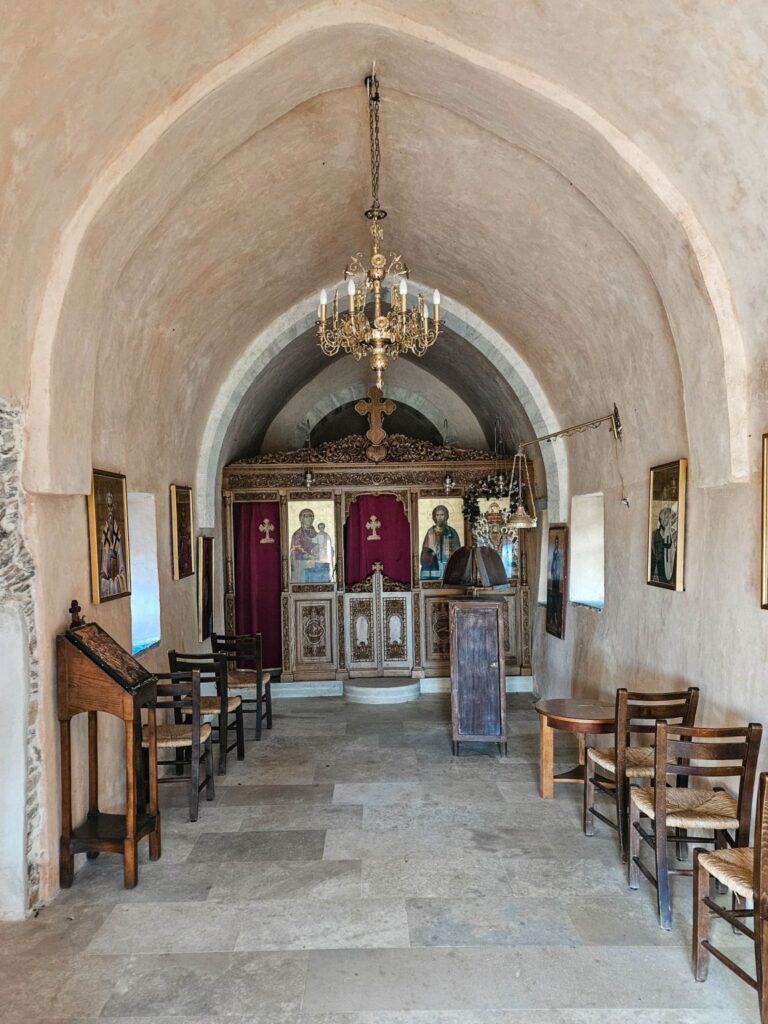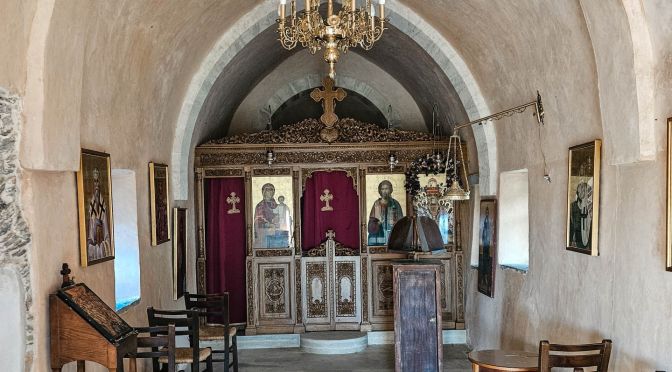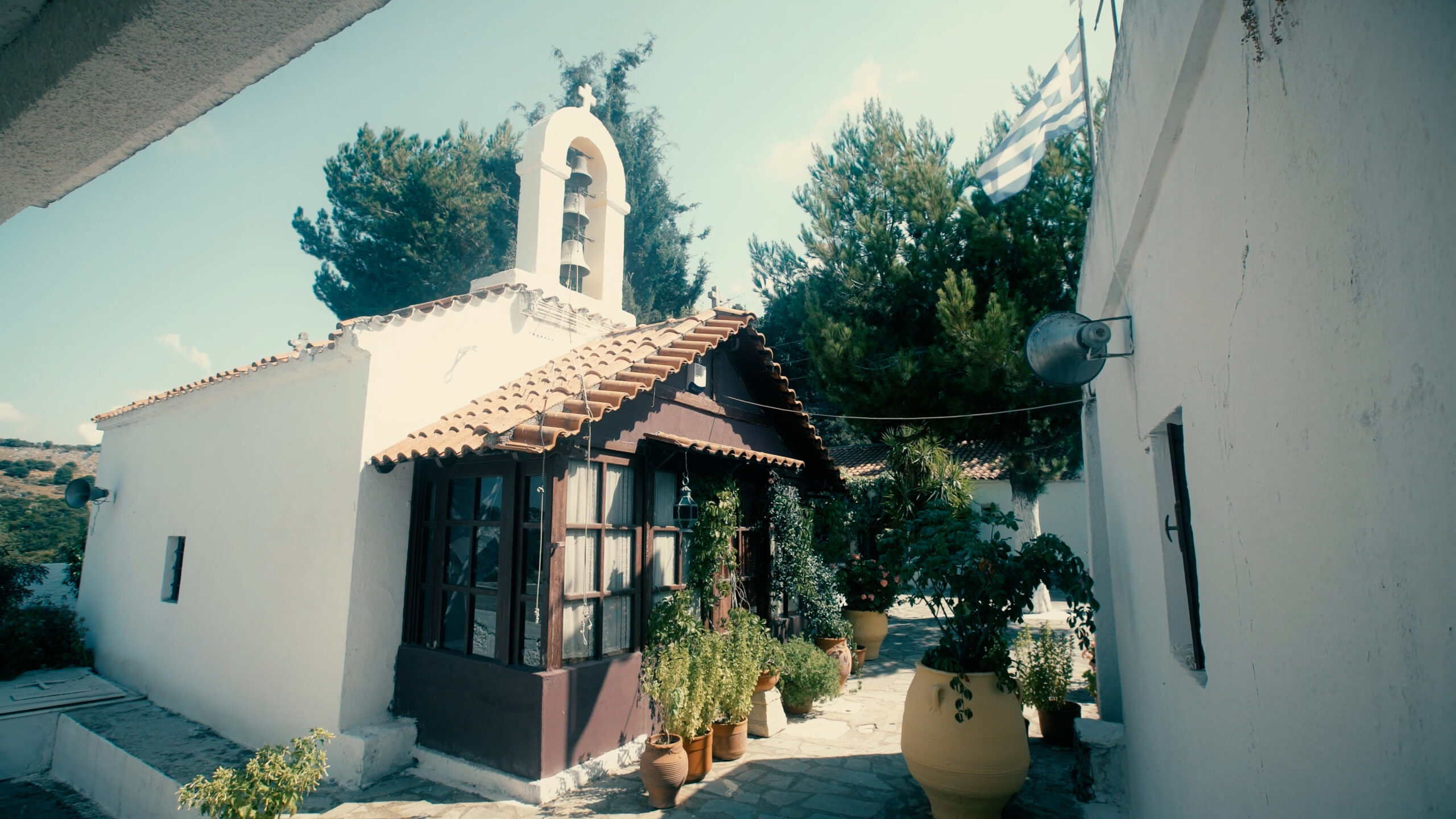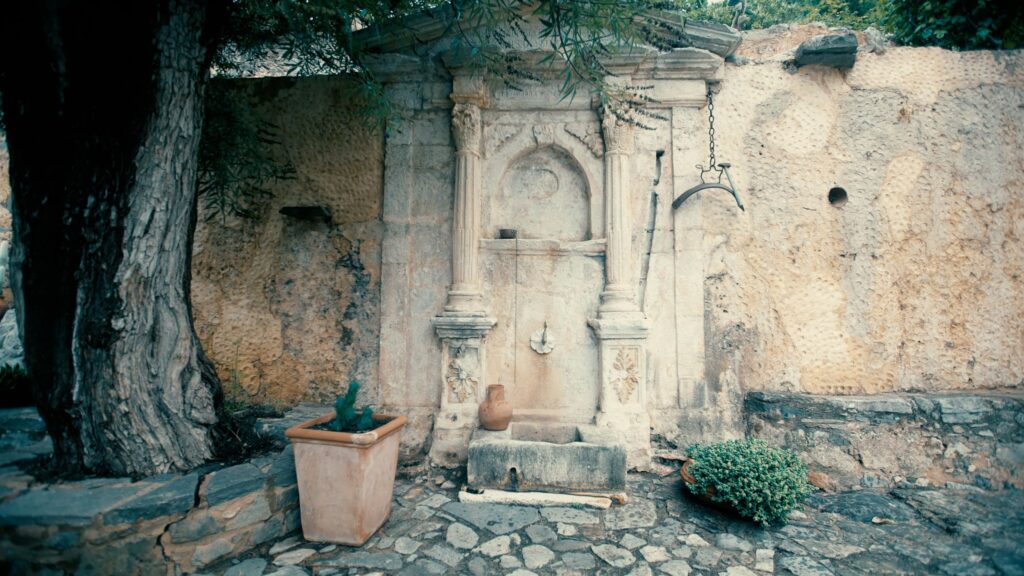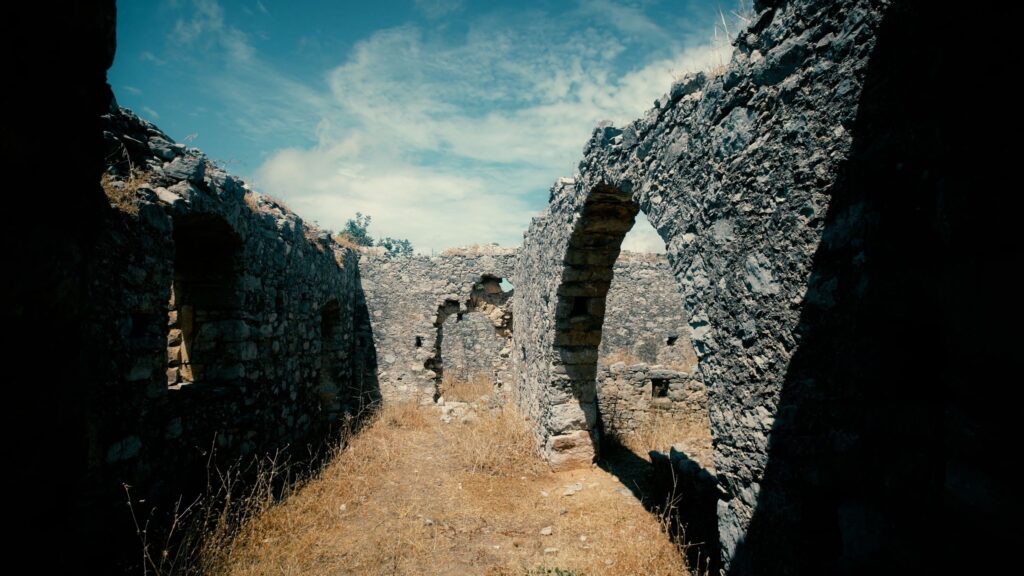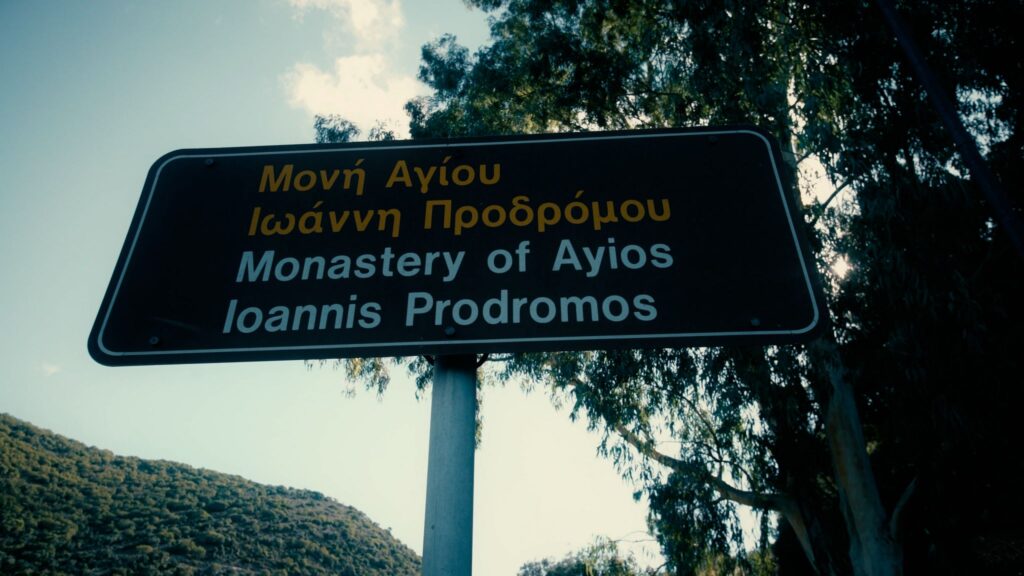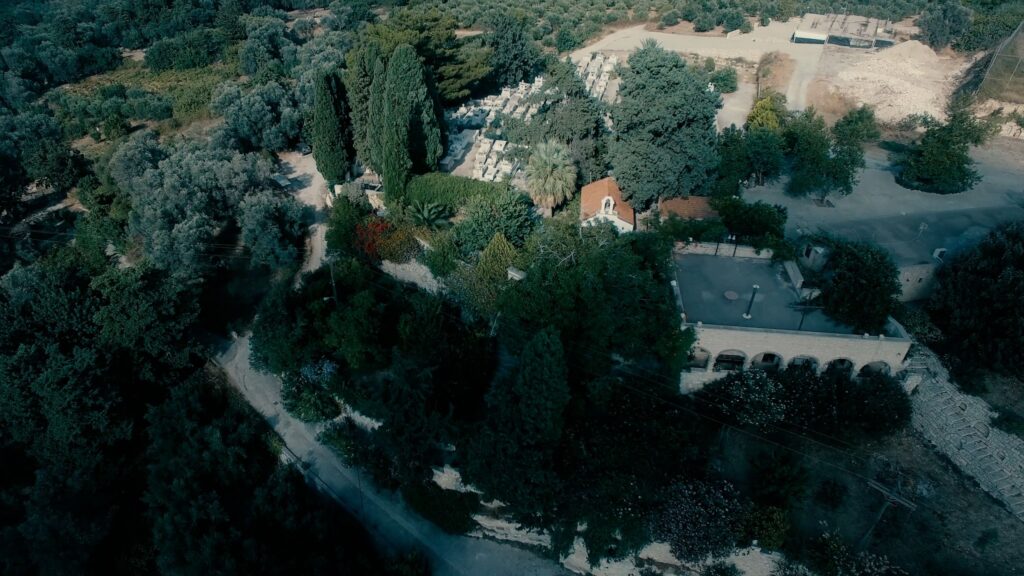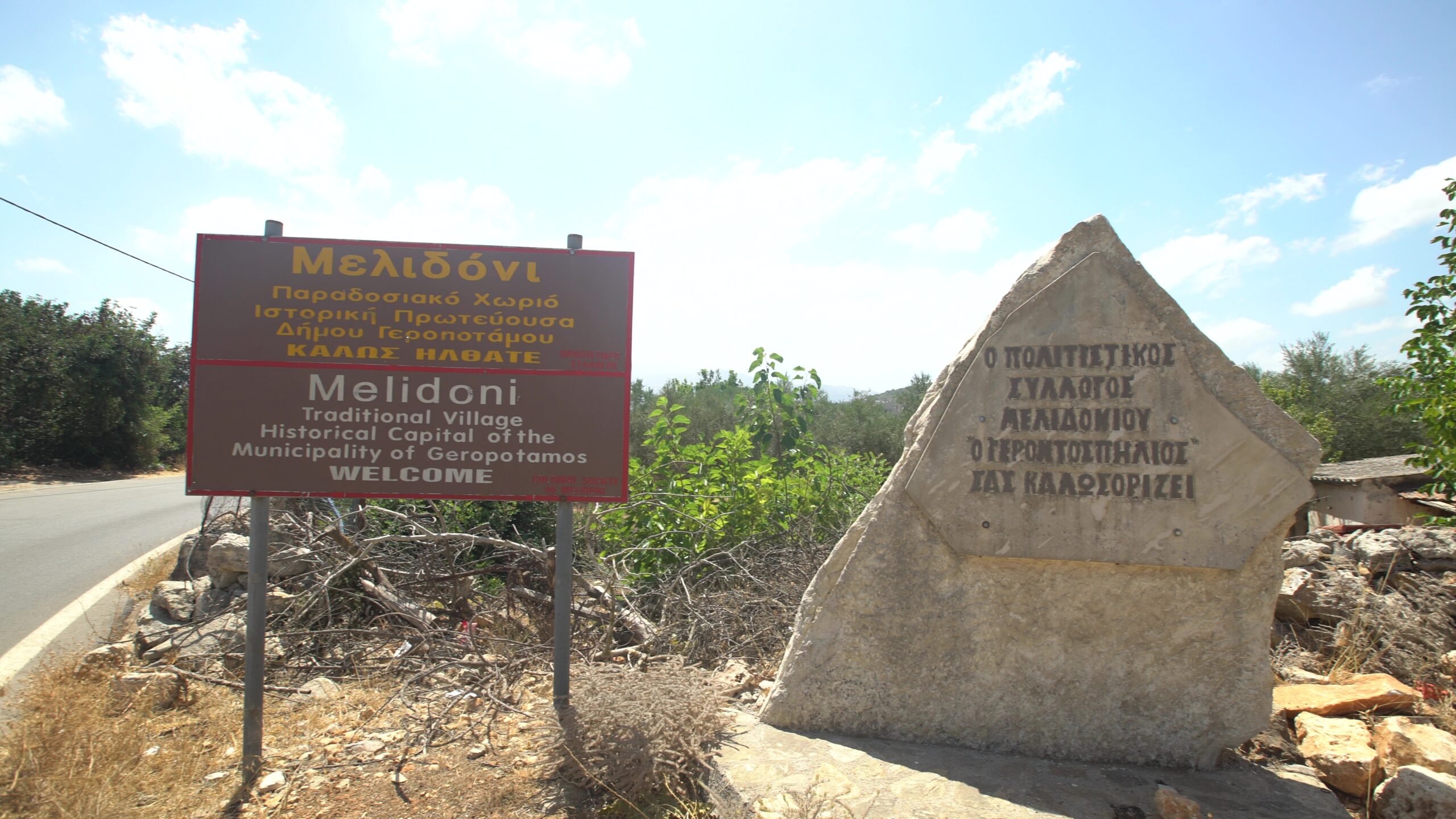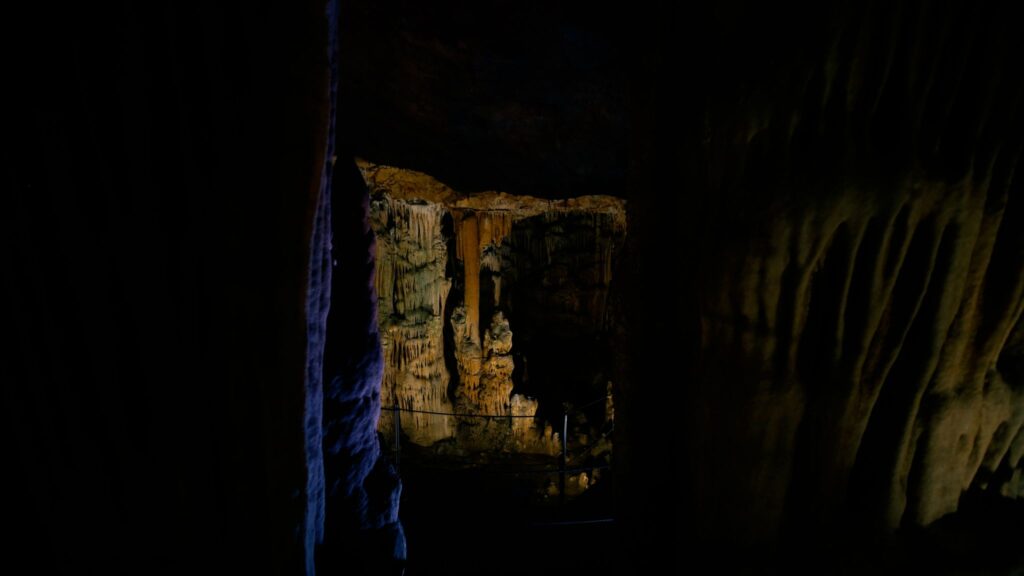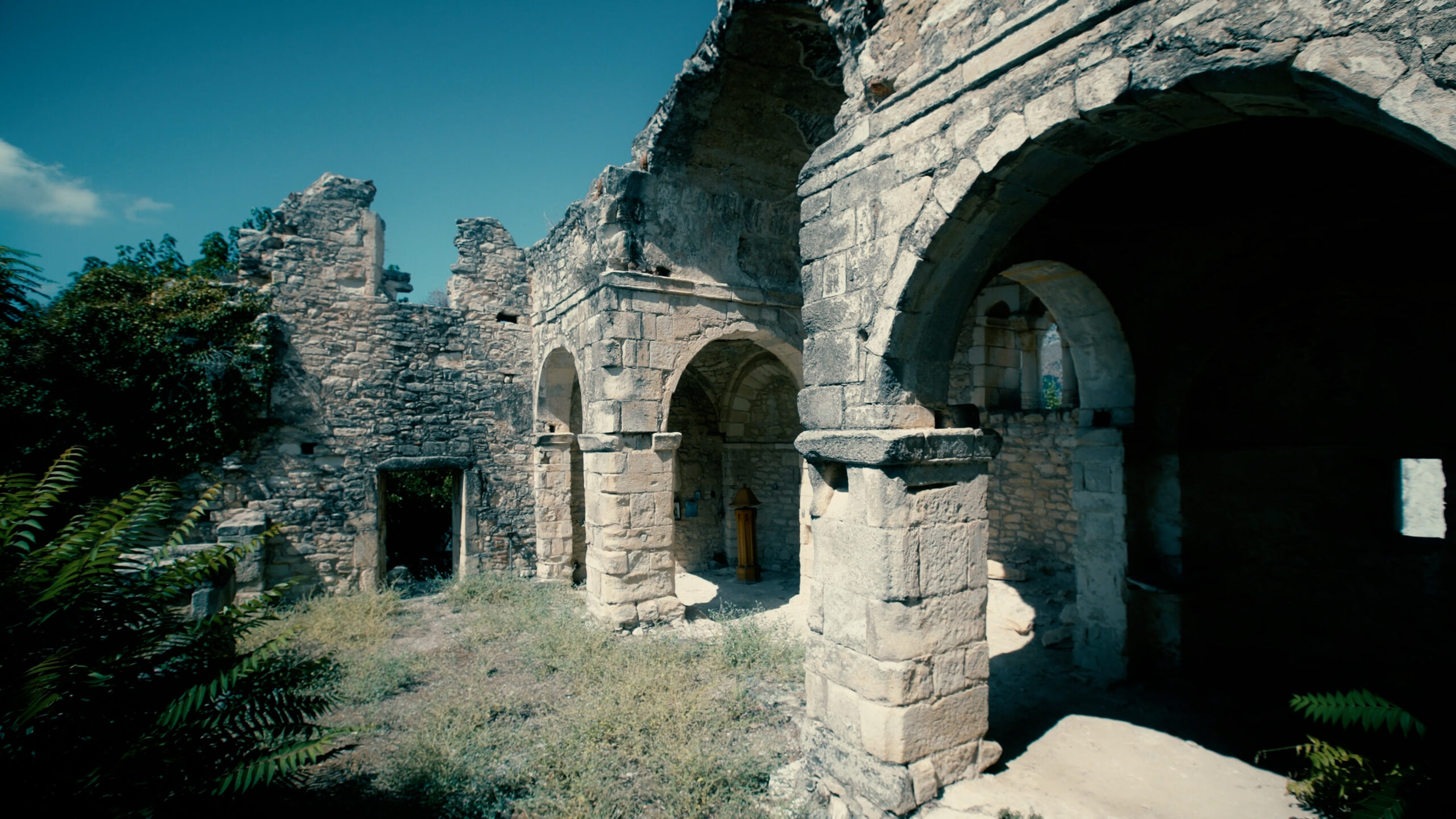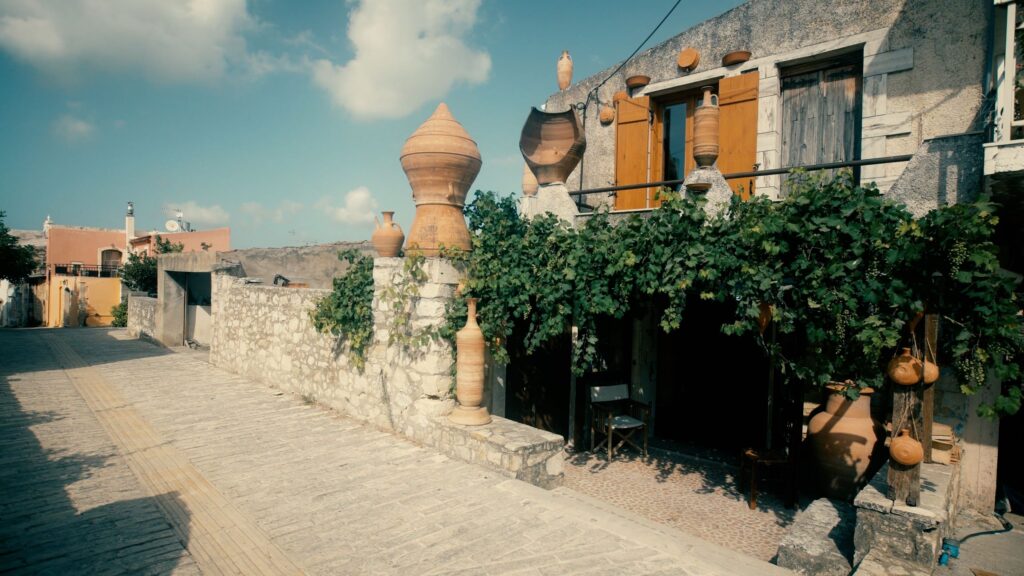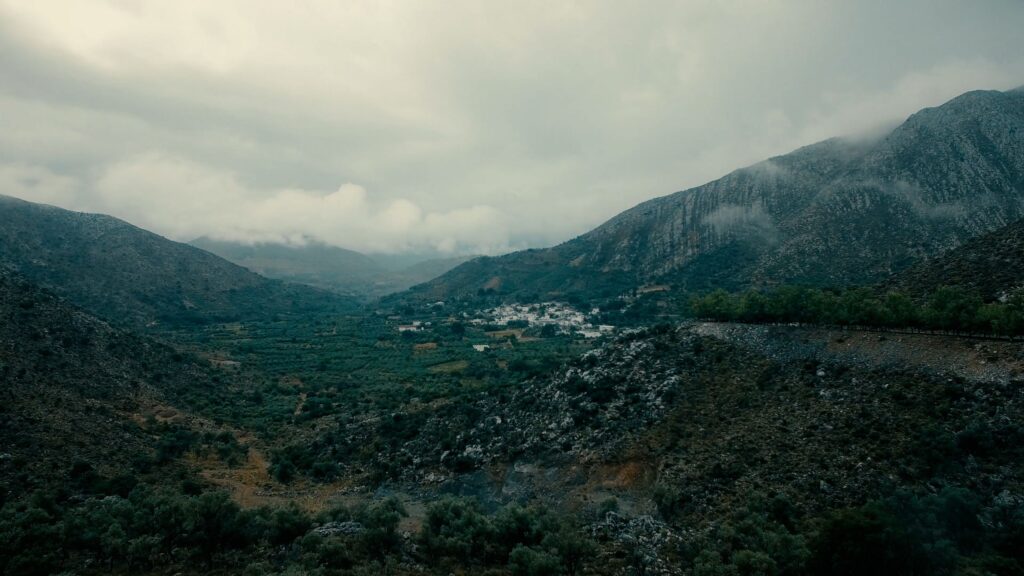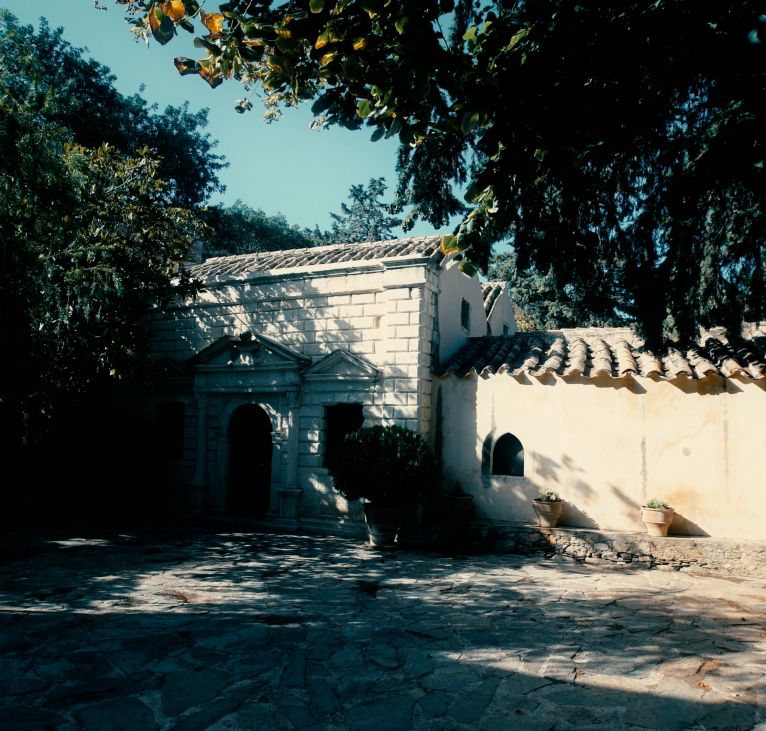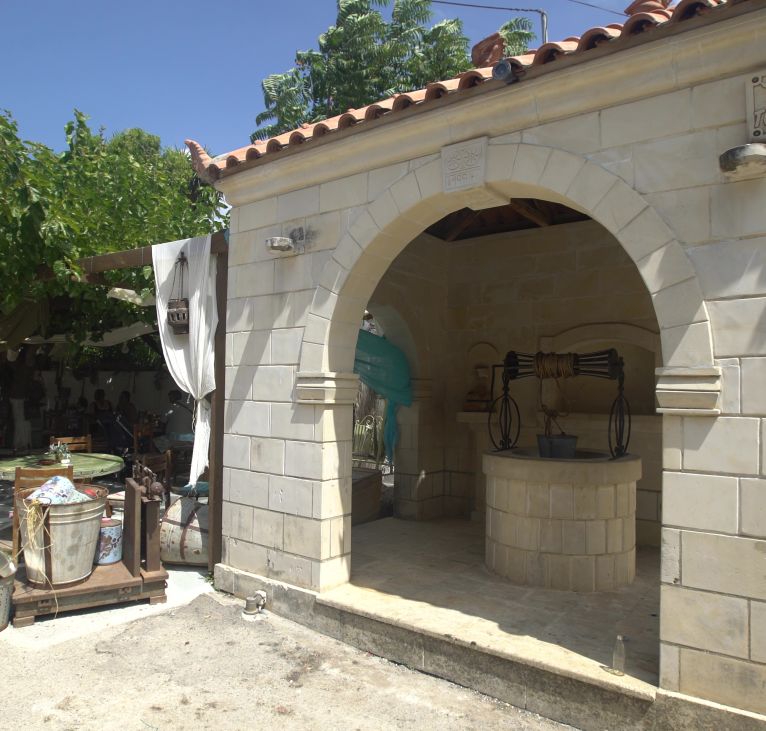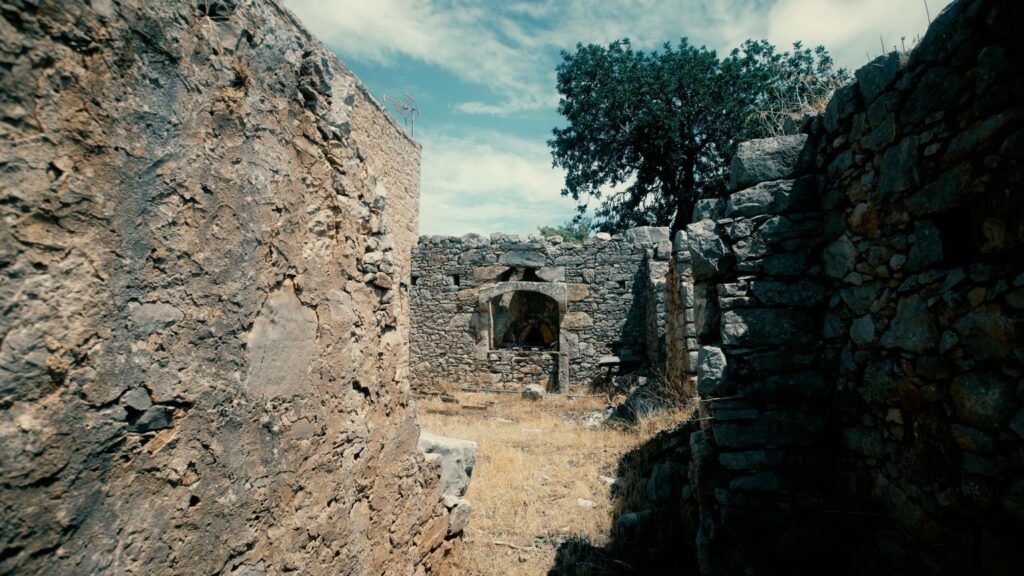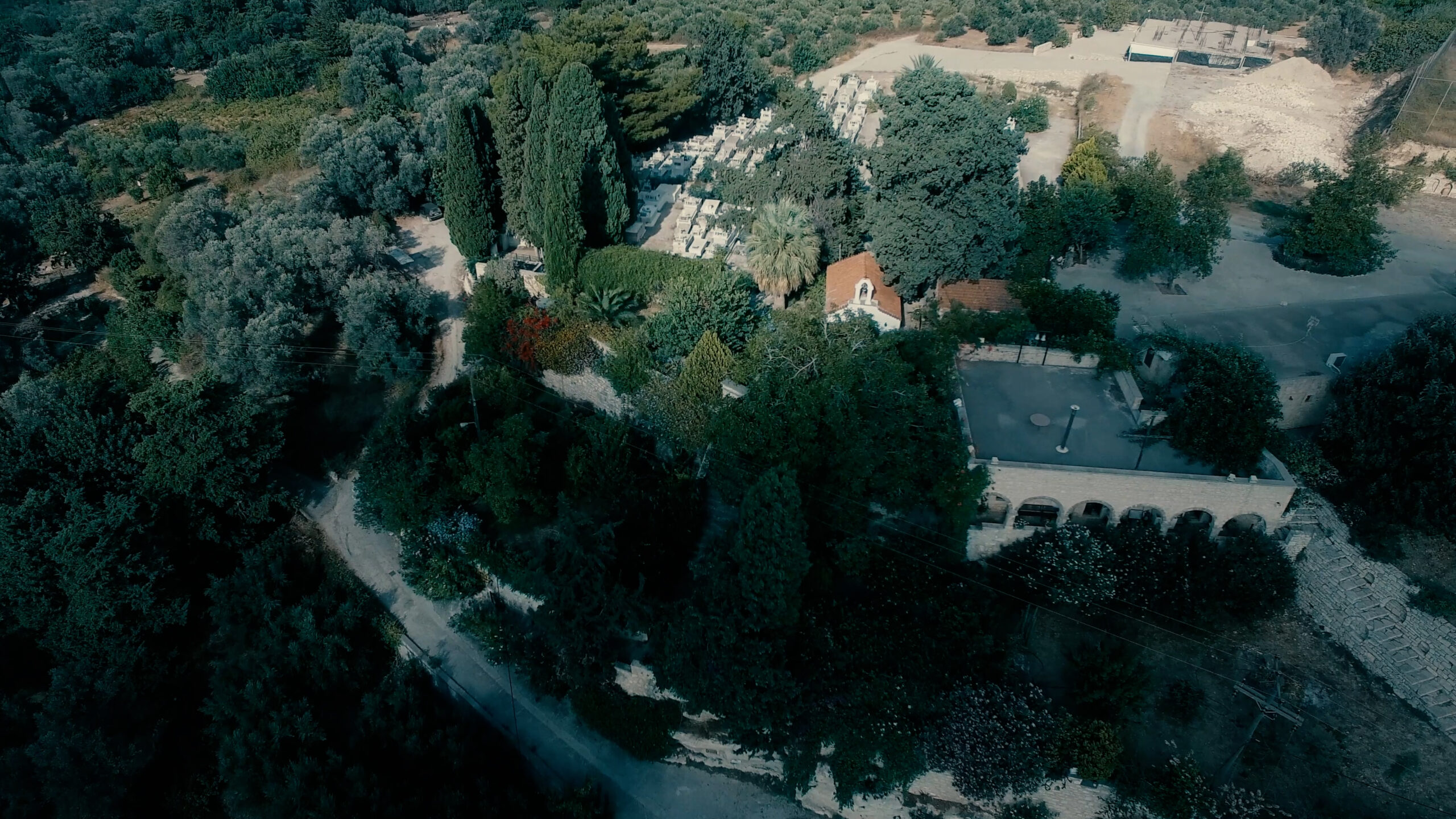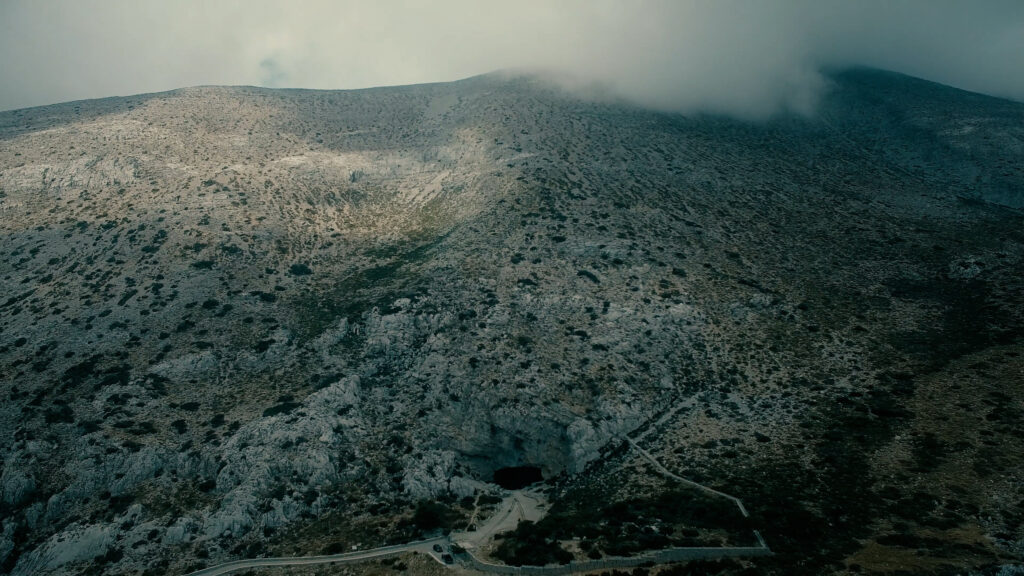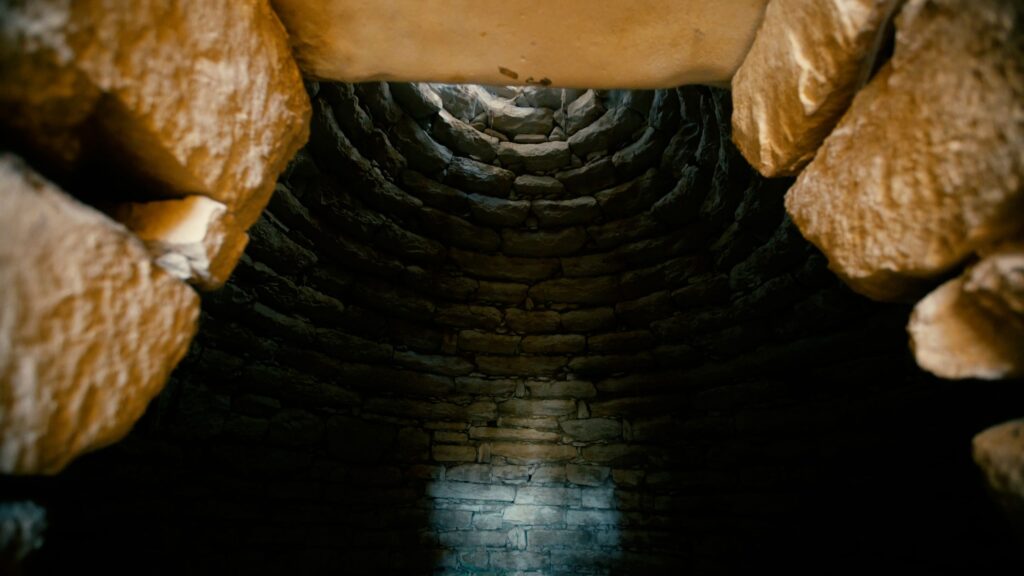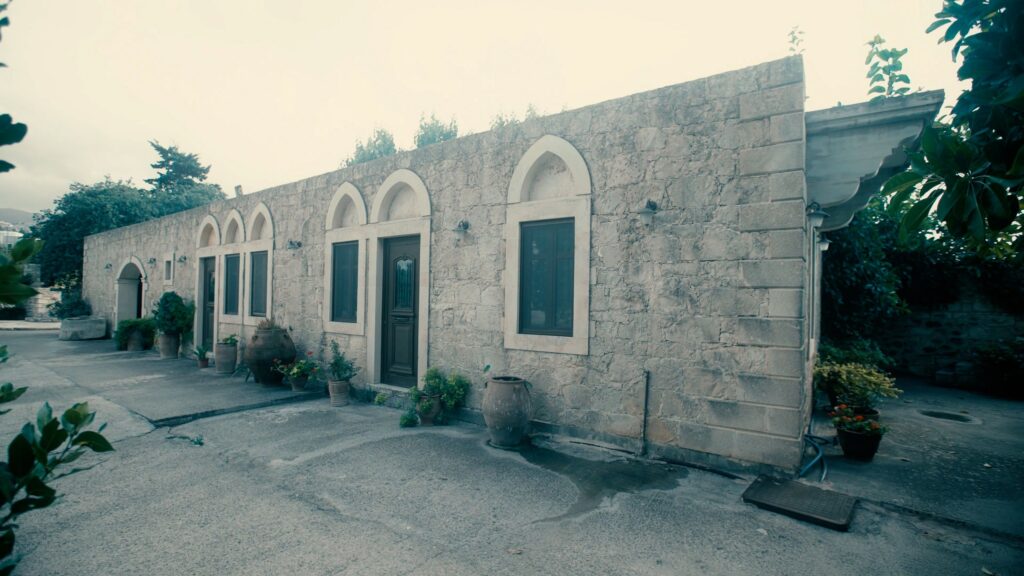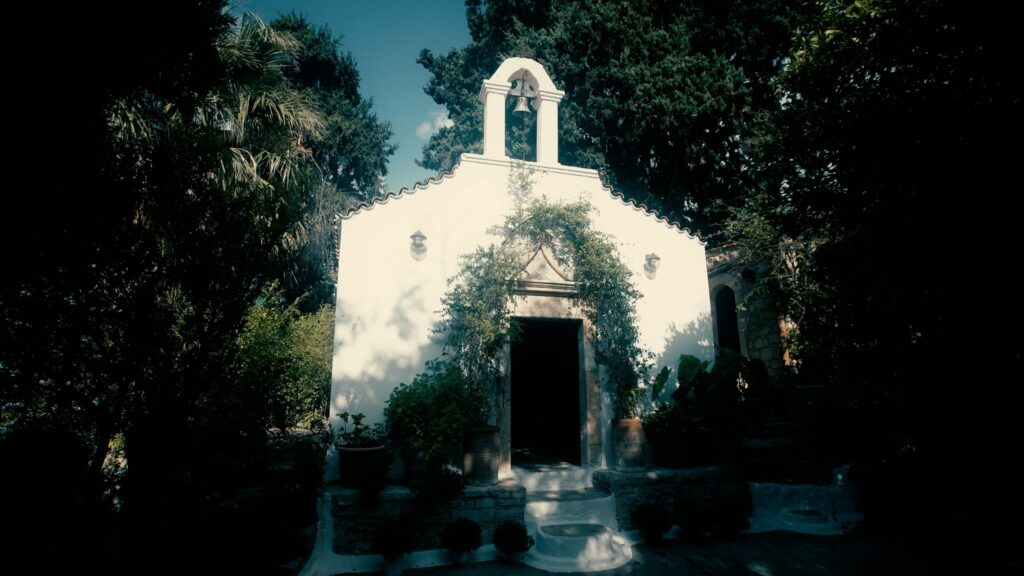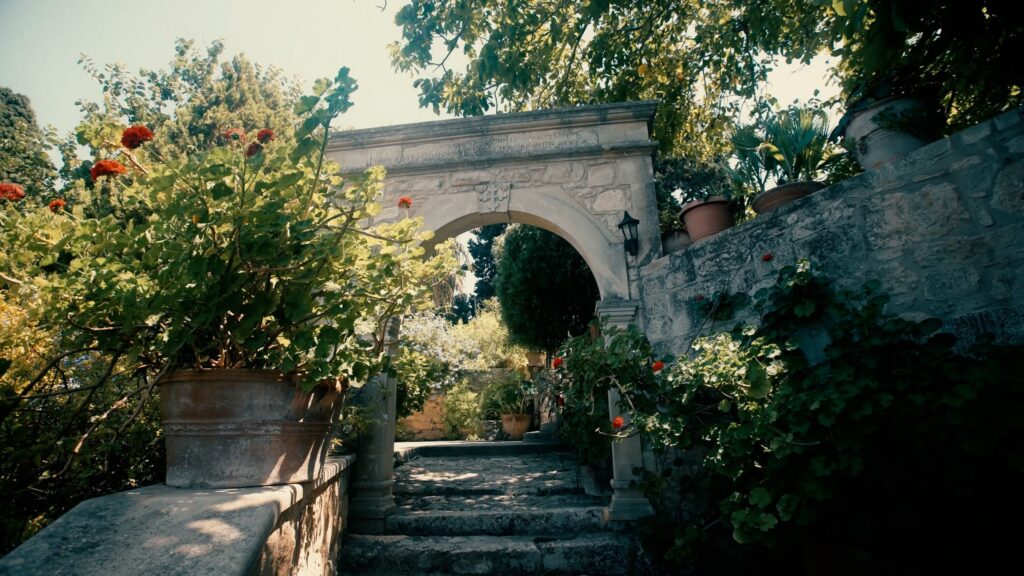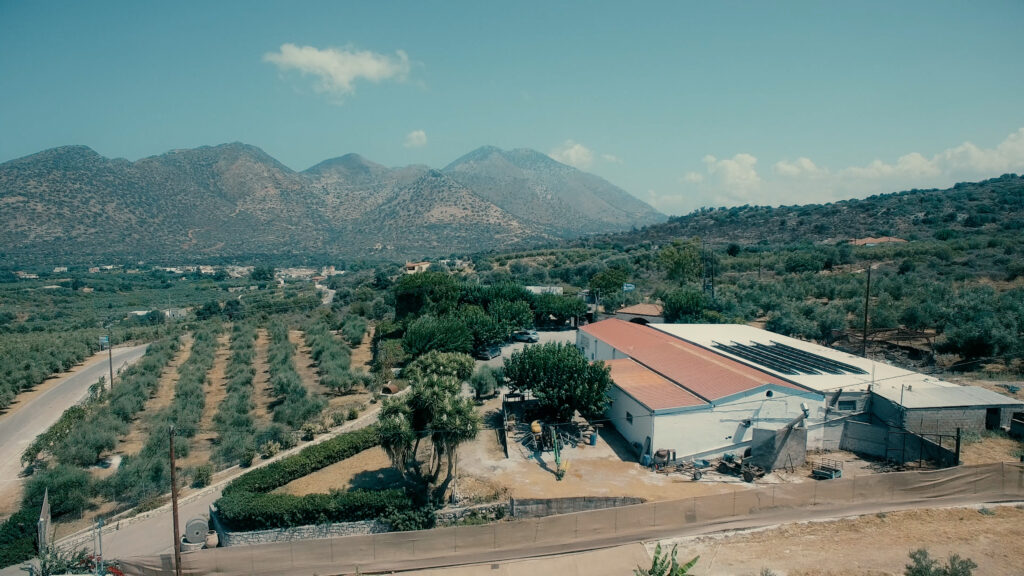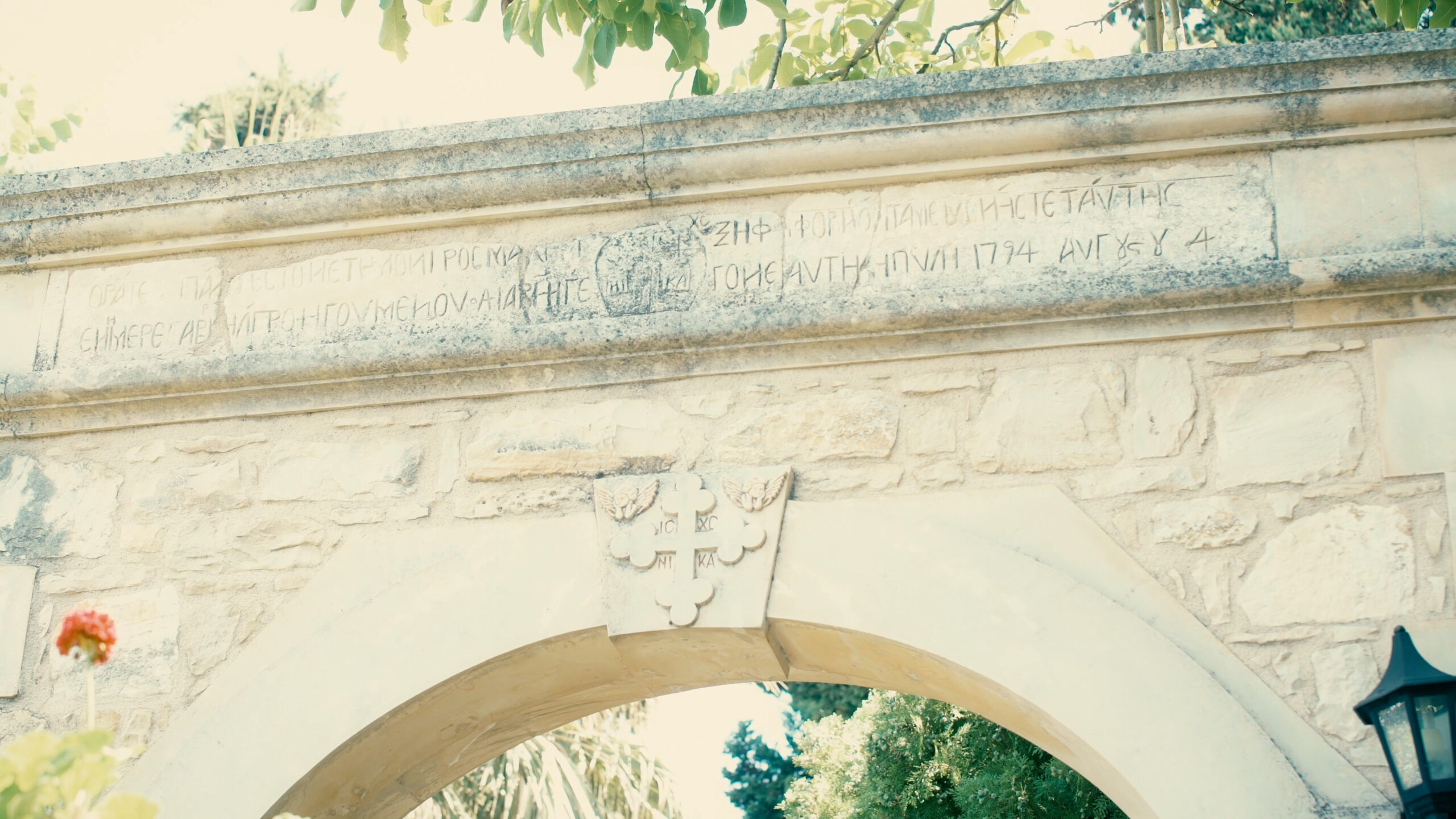Mylopotamos
The Municipality of Mylopotamos is located in the Rethymno Regional Unit of the Region of Crete. It was formed with the “Kallikratis” Program by the amalgamation of the Municipalities of Geropotamos and Kouloukona and the community of Zonians. It consists of 3 Municipal units (Geropotamou, Kouloukona, Zonianon), 33 communities and 82 settlements. It extends over 360,703 km. and its population amounts to 12,890 inhabitants, according to the 2021 census. The administrative seat of the Municipality is Perama, at a distance of 28 km. from Rethymnon and 60 km. from Heraklion.
The place
The province of Mylopotamos is geomorphologically defined by the massif of Psiloritis or Idi in the south and by the Tallia mountains or Kouloukona in the north, parallel to the northern lacy coast with its numerous bays and harbors washed by the Cretan Sea. Between them stretches the fertile valley with low and inviting hills crossed by the Geropotamos river. The Municipality of Mylopotamos is part of the “UNESCO Psiloritis Global Geopark”, a network of protected areas with a special geological heritage, which is under the auspices of UNESCO.
Name origin
The name Mylopotamos comes from one of the three names the river had, due to the existence of many water mills on its banks and in its tributaries. The river was also known as Avlopotamos, due to the formation of large channels (narrows between the mountains or the heights, channels) in the wider area of the settlement of Episkopi. The name Avlopotamos is preserved to this day and characterizes the “Diocese of Rethymno and Avlopotamos” which was created by the merger of the two bishoprics after the patriarchal decision of the year 1831. The name Geropotamos that is currently used for the name of the river comes from the word Hieropotamos where in the spoken language it was transformed into Geropotamos and is connected to the holy place of Idaios Andros, where the sacred waters of rain and snow were channeled into its bed. The name of the river in ancient times was Oaxis from which Axos took its name.
Geology
The area of Mylopotamos is characterized by the alternation of mountainous limestone rocks, soft sediments and yellowish marly limestone in the lowlands and shale and phyllitic-halite rocks of the northern coast. In the wider area of the municipality there are important geological formations which contribute to the presence of karst formations. In the Municipality of Mylopotamos, 157 caves, 24 caves, 10 caverns and 6 sinkholes have been recorded.
Economy
The dominant branches of the local rural economy are animal husbandry, agriculture and fishing with minor economic importance compared to the previous ones.
In the mountainous areas of Psiloritis and Tallaia, livestock farms are mostly family-owned and produce products of high quality and nutritional value such as meat, cheese and dairy products. Animal husbandry is a dominant activity which also shows significant prospects.
The main product of vegetable production is olive oil, followed by raisins. The area is also famous for the cultivation of citrus fruits, such as oranges, tangerines, but mainly for the cultivation of citrus. Sises is known for oranges, Veni for cherries, Garazo for citrus and Aloides for table grapes. Also important is the operation of small workshops of the local craft tradition, such as pottery, woodcarving and weaving and embroidery workshops with products available on the local market and to a small extent channeled to markets outside the region.
Cises and Aloides have worldwide exclusivity in the collection of Cistus criticus L. in the traditional way. The painstaking collection of the resin secreted by this small evergreen shrub is a source of income for the inhabitants of Mylopotamos, who are also called “”aladanarides””. The resin is attached to the “”argastiri””, a kind of improvised whip, about 1m long, which has at one end a wooden bow on which 50-60 cm long plastic (formerly leather) straps have been tied. and then scraped off and stored in pliable balls of about one kilo.
In the mountainous areas of Psiloritis and Tallaia, livestock farms are mostly family-owned and produce products of high quality and nutritional value such as meat, cheese and dairy products. Animal husbandry is a dominant activity which also shows significant prospects.
The main product of vegetable production is olive oil, followed by raisins. The area is also famous for the cultivation of citrus fruits, such as oranges, tangerines, but mainly for the cultivation of citrus. Sises is known for oranges, Veni for cherries, Garazo for citrus and Aloides for table grapes. Also important is the operation of small workshops of the local craft tradition, such as pottery, woodcarving and weaving and embroidery workshops with products available on the local market and to a small extent channeled to markets outside the region.
Cises and Aloides have worldwide exclusivity in the collection of Cistus criticus L. in the traditional way. The painstaking collection of the resin secreted by this small evergreen shrub is a source of income for the inhabitants of Mylopotamos, who are also called “”aladanarides””. The resin is attached to the “”argastiri””, a kind of improvised whip, about 1m long, which has at one end a wooden bow on which 50-60 cm long plastic (formerly leather) straps have been tied. and then scraped off and stored in pliable balls of about one kilo.
Traditional Settlements
The Municipality of Mylopotamos, in addition to its natural wealth, gathers important elements of architectural and historical heritage as confirmed by the large number of characterized traditional settlements within its boundaries.
The designated traditional settlements total 25 and they are: Abdanites, Abdellas, Agios Ioannis, Agios Mamas, Alpha, Ano Tripodo, Vergiana, Garazo, Damavolos, Dafnedes, Dafni, Episkopi, Kalamas, Kalandare, Kastri, Krasounas, Laga oi Margarites, Melidoni, Mourtzana, Bali, Omala, Pleuriana, Skepasti and Stavromenos.
Monuments
The Municipality of Mylopotamos has been inhabited since the Neolithic Age continuously until today. It has numerous archaeological sites and monuments to display.
Neolithic Period
The oldest traces of human presence in Mylopotamos are found in caves that were inhabited and used since the Neolithic era (4500 – 3100 BC), such as in the cave of Melidonio and the cave of Sheetoni of the Zonians. Also evidence of very early habitation in settlements comes from the hill of Grivila (or Griovigla or Agios Fanourios) north of Peramas in T.K. Melidoniou and from Panormos, on the hill of Ag. Georgiou.
Minoan Period
During the Minoan Period (3100 – 1070 BC), organized settlements were established both on lowlands or on high ground and on the coast. These settlements each developed their own special character, agricultural and livestock in the hinterland, commercial and industrial on the coast.
Coastal Minoan Settlements
From Panormos to the east, along the northern coastline, in natural coves, the archaeological research has revealed four Minoan settlements: Panagia tou Harakas, Katevati, Kalo Chorafi and Pera Galinos. The residential facilities established in these bays developed a commercial-industrial character and are probably related to port stations or to laboratory facilities connected to the mineral-bearing soils of the area. Their destruction and abandonment is due to intense seismic activity.
Prehistoric Fortified Sites - Thesi Sideros
Towards the end of the Minoan era, during the YM IIIB – YM IIIG period (1300 – 1070 BC), an era characterized by political and social unrest, human presence is recorded in fortified and inaccessible places, such as at Sideros peak in Bali.
Prehistoric Burial Monuments
In the area of Mylopotamos there are burial monuments dating back to the 14th and early 13th centuries. B.C. at a time when the Minoan civilization had received serious influences from the Mycenaean. These are the vaulted tomb of Margarita, the chamber tombs in Angeliana, Kofinas Melidoniou, Humeri and Kalamas.
Historical Times
From the Late-Geometric period (745 – 710 BC), the Cretan cities, following the example of the Greek world, begin to organize themselves into city-states. One of the most important cities of ancient Crete is the city of Oaxos or Axos in the municipality of Mylopotamos.
Roman facilities
Architectural remains of the Roman period have also been identified in Pleuriana Margaritone, Alpha, Apladiana and Humeri. Today’s Pyrovolopetra cape is identified with ancient Astali, which flourished mainly in the Roman period.
Early Christian Period in Crete(33-330)
Christianity as a new religion quite quickly conquered a significant part of the island despite the strong tradition of its pagan religion. The first proselytizing teaching of Christianity in Crete is associated with the apostle Paul and mainly with his disciple, companion and close associate Tito who was the first Bishop of the Church of Crete.
First Byzantine Period (324-827)
With the cessation of persecution and the establishment of secularism, in 313 (Edict of Milan), during the time of Constantine the Great, Christianity is recognized as a free religion and opens a new era for the Christian Church, which has the right to own property and build churches. From the 4th and mainly the 5th and 6th centuries, a large number of Christian churches were built in Crete. An indication of the early spread of Christianity in the area of Mylopotamos are the basilicas that have been preserved in the area.
The Saints of the first Byzantine period of Crete:
In the middle of the 3rd century and during the persecution of the emperor Decius (249 – 250) the Ten Saints were martyred in Gortyna. Among them was Agathopus who came from Panormos Mylopotamos, a fact that shows that Christianity had already spread in the area of Mylopotamos.
The Saints of the first Byzantine period of Crete:
In the middle of the 3rd century and during the persecution of the emperor Decius (249 – 250) the Ten Saints were martyred in Gortyna. Among them was Agathopus who came from Panormos Mylopotamos, a fact that shows that Christianity had already spread in the area of Mylopotamos.
Second Byzantine Period (961-1204)
Medieval Years (13th - 15th century)
In 1204 Crete was ceded to the Venetians who gradually settled on the island. For the geographical and by extension the administrative division of Crete, the Venetians relied on the Byzantine tourma (tourma: the immediately following administrative district), each of which had its own castle. One of them was the tower of Mylopotamos with its castle of the same name in the current settlement of Panormos. Mylopotamos was colonized during the second Venetian colonization of 1222.
Μonasticism - Μonasteries
During the period of the Venetian rule, specifically from the 14th century, monasticism developed on the island. In the beginning the monasteries were very few, as their operating conditions were very difficult. Many old Byzantine monasteries, located in the fiefs of the Venetians, had been deserted and the buildings, churches and cells had collapsed. Later, however, during the last 150 years of the Venetian occupation, a strong revival of monasticism was observed, with the parallel establishment of many new ones or the reconstitution of other old and forgotten monasteries. The monasteries in Venetian-occupied Crete were centers of permanent resistance against the Venetians, but also great centers of letters and education.
Visitable Caves
Museums
The area of Mylopotamos has many interesting museums such as the Folklore Museum, the Olive and Oil Museum and the Museum of Greek Ceramics in Garazo. The Orthe Folklore Museum, the Museum of Traditional Professions and the Wood Sculpture Museum of Georgios Koutandos in Axos, the “Potamianou” Wax Museum in Zoniana. The Museum of Ecclesiastical Relics of Melidoni, the Museum of Olive Oil Production of the Parashakis family also in Melidoni as well as the Museum of Relics of the Diskouri Monastery while the Folk Musical Instruments Museum in Alpha is under construction.
Cultural Events
Mylopotamos is at the same time a modern center of cultural production with respect to its traditions and history. In Mylopotamos, there are 49 Cultural Associations with remarkable activity. In collaboration with the Municipality of Mylopotamos, they organize important events concerning culture, history, religion, agricultural and livestock production, nutrition and the environment. The most important cultural festivals and events are directly intertwined with the promotion of both local Cretan products and the value of the Cretan diet. The fertile land of Mylopotamos offers excellent quality products.
Parallel Events
The multi-day festival includes theatrical and musical performances, an exhibition of artists and producers of local products and the preparation of recipes.
